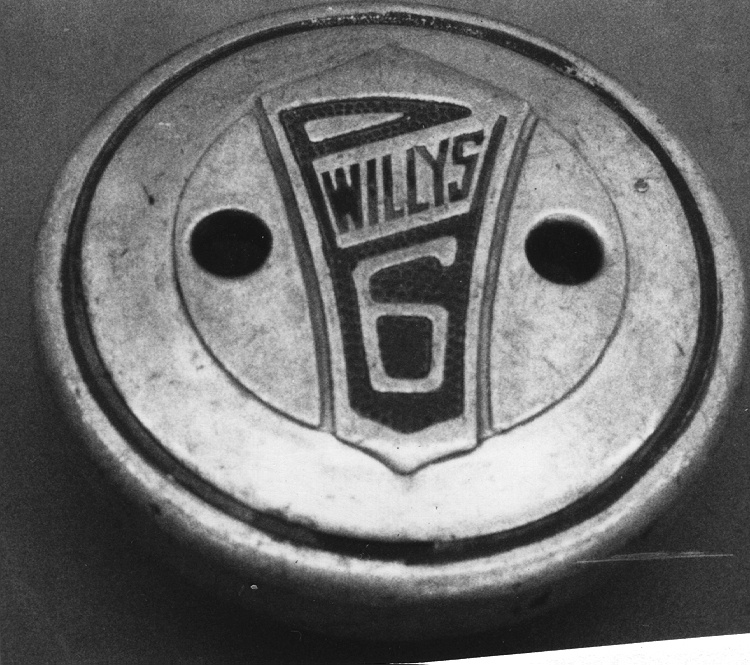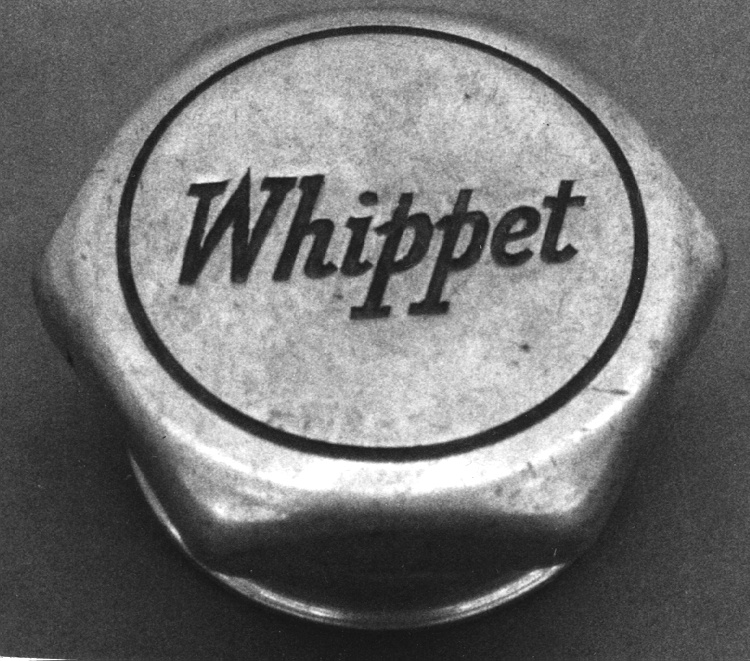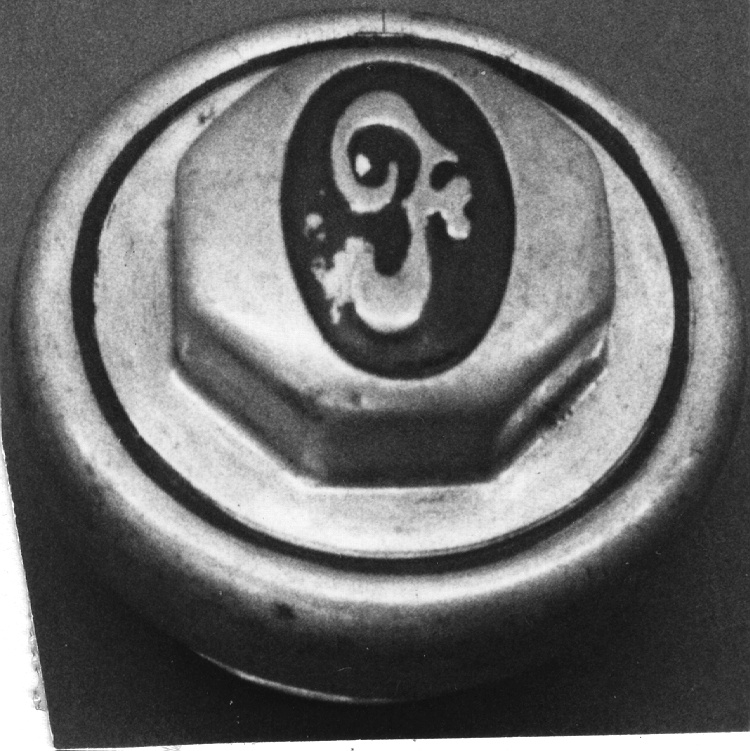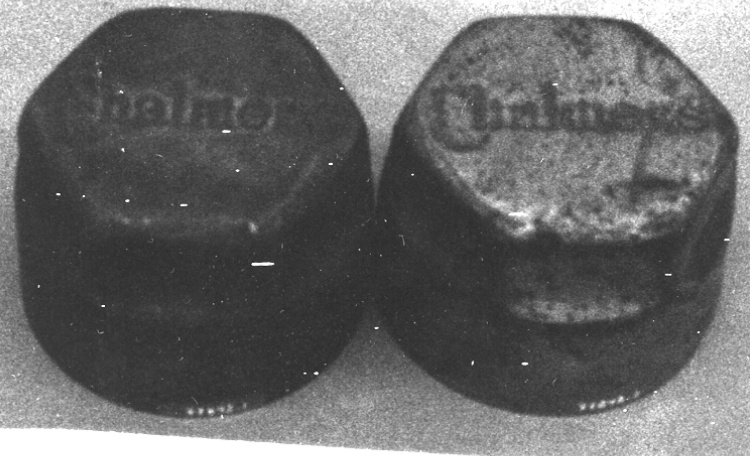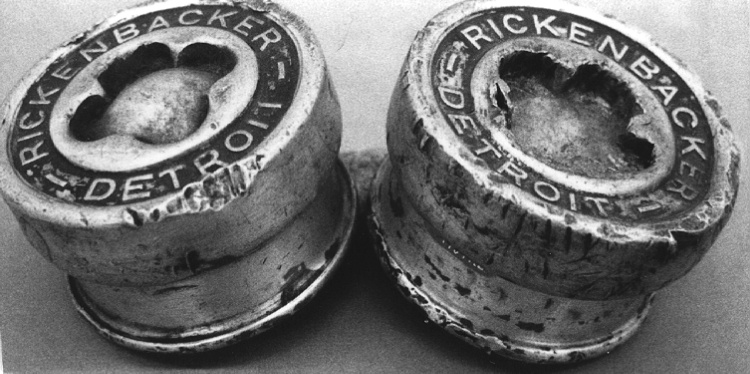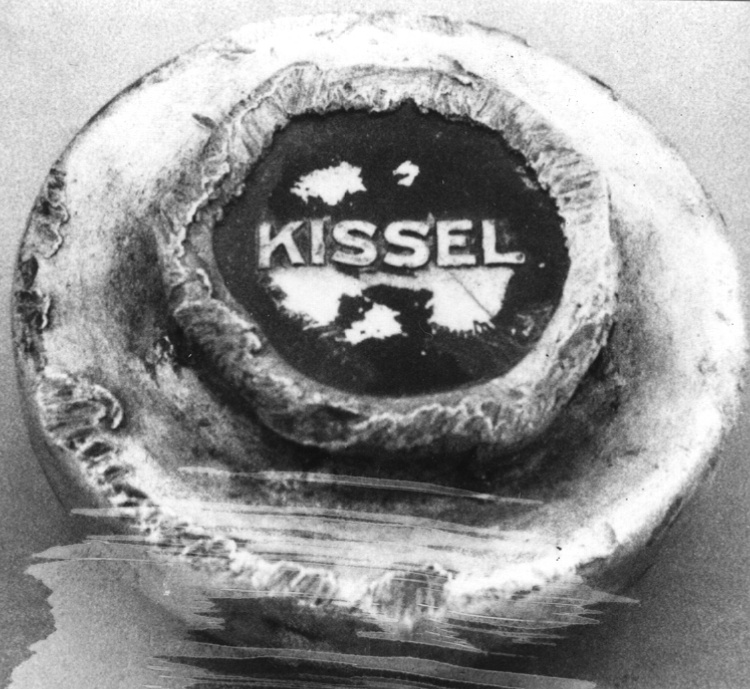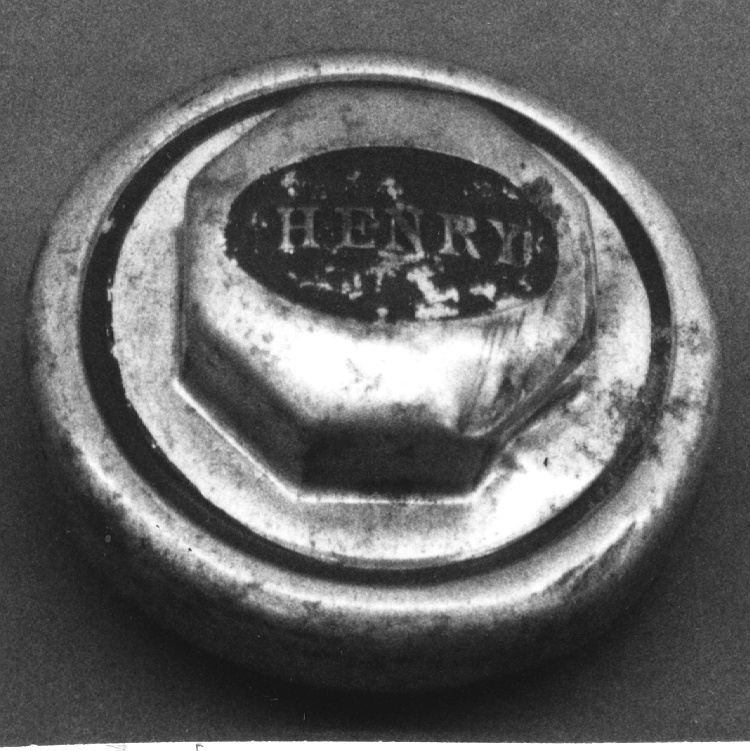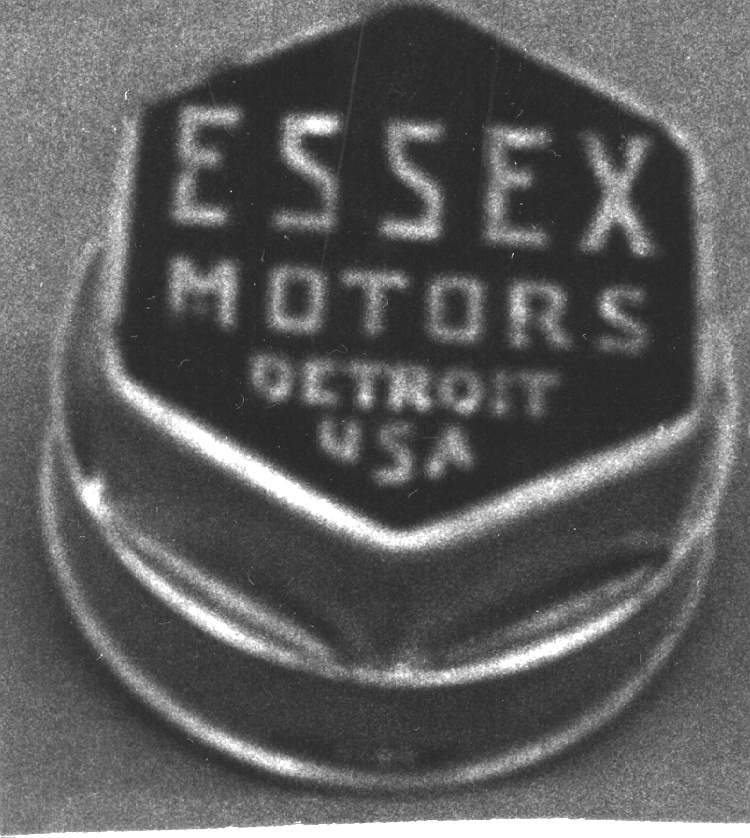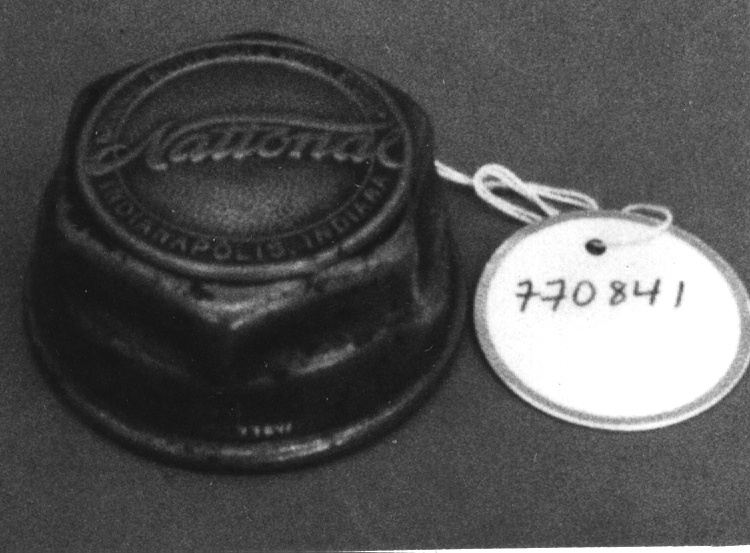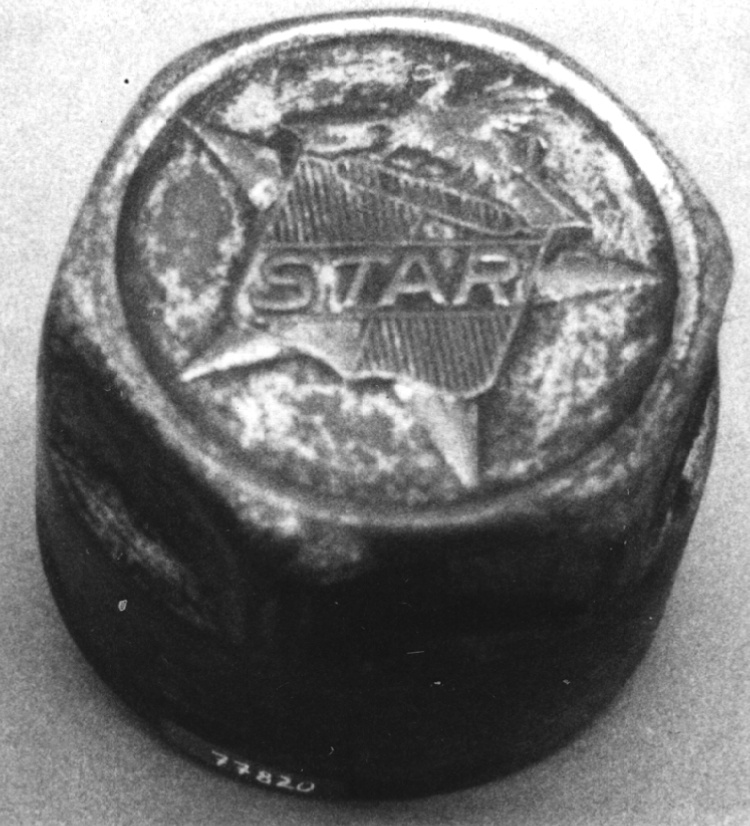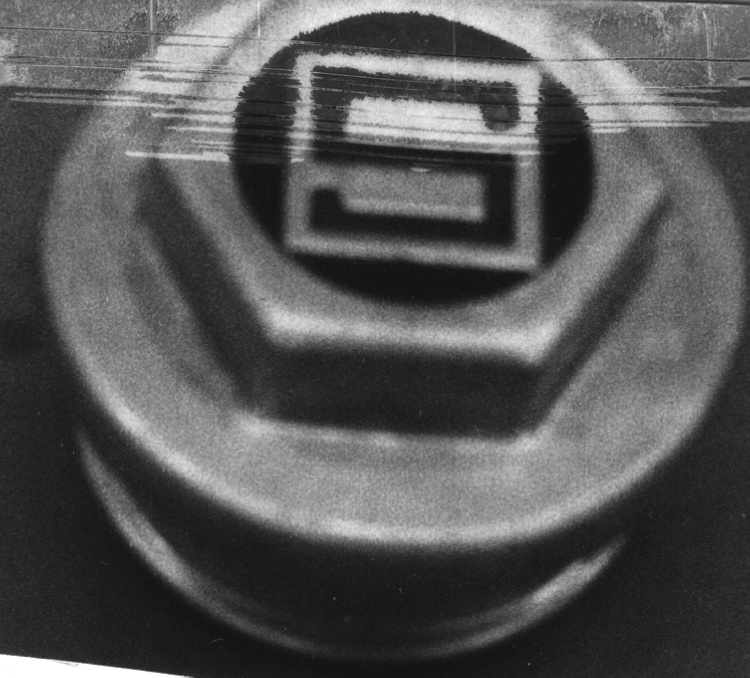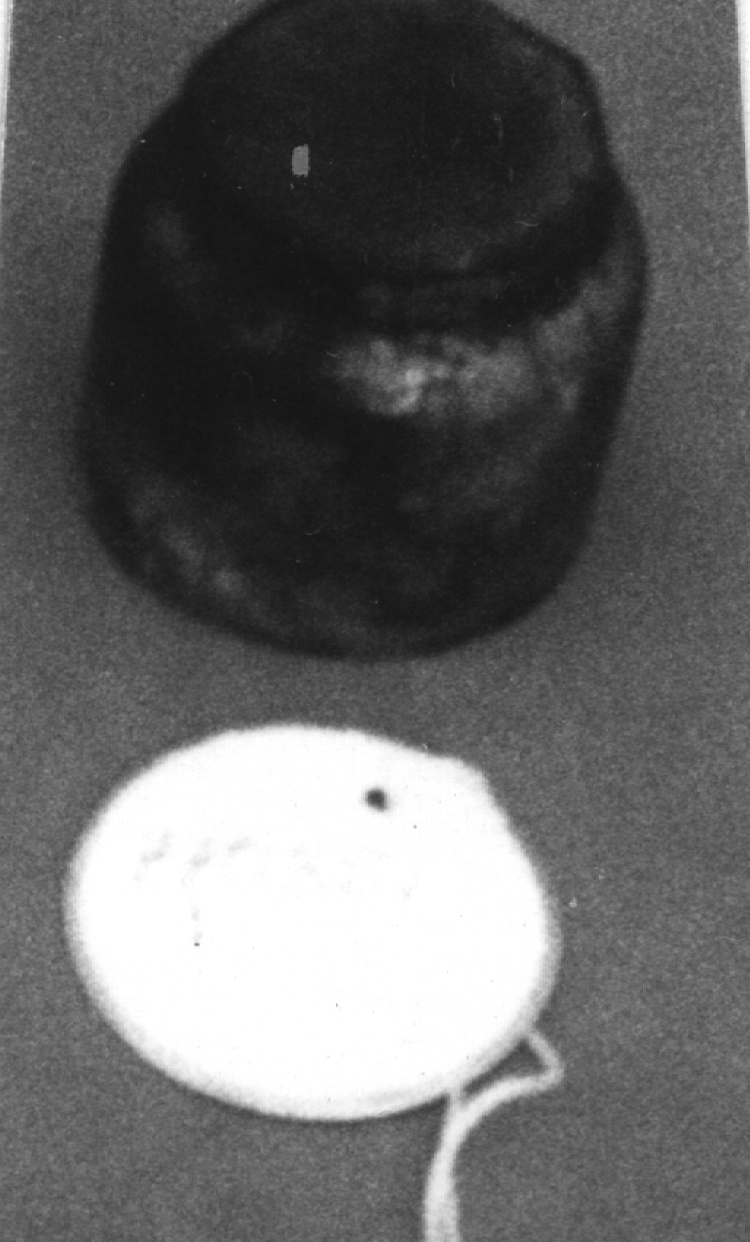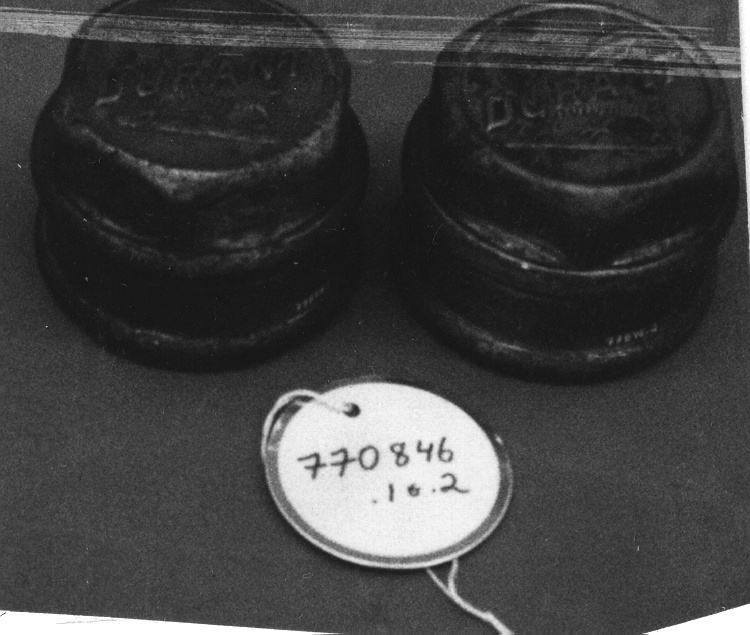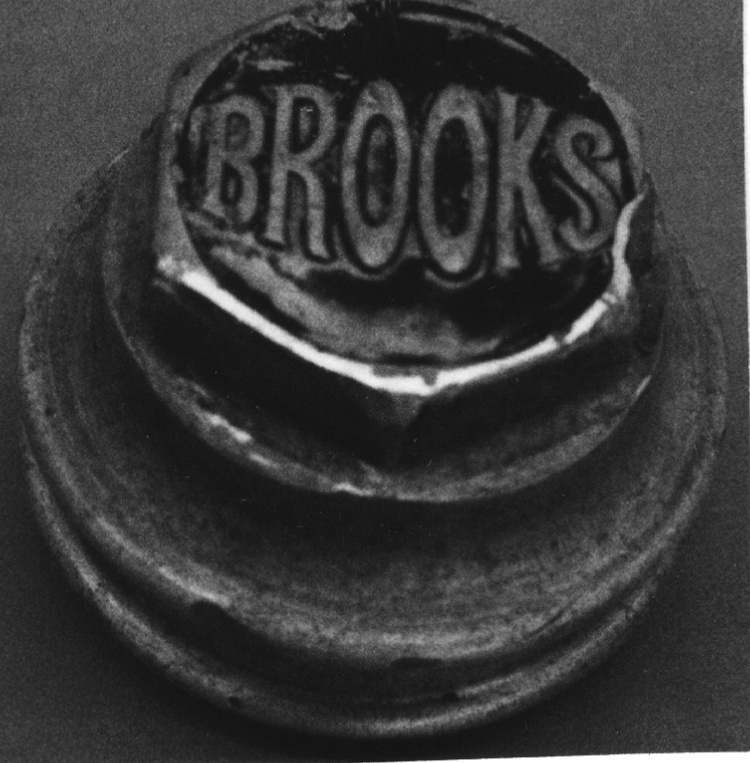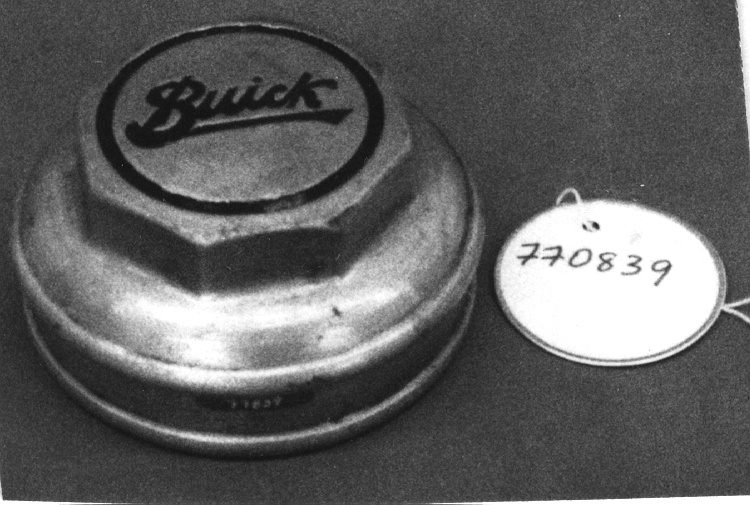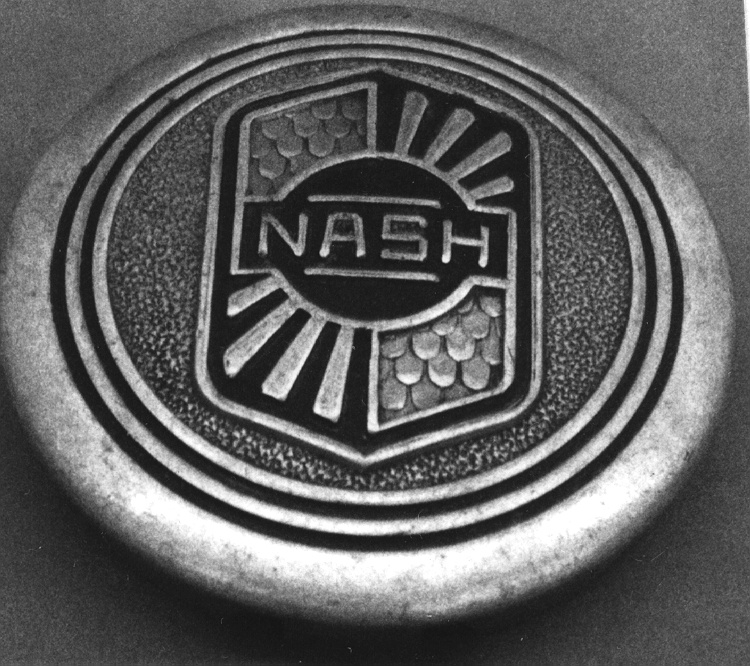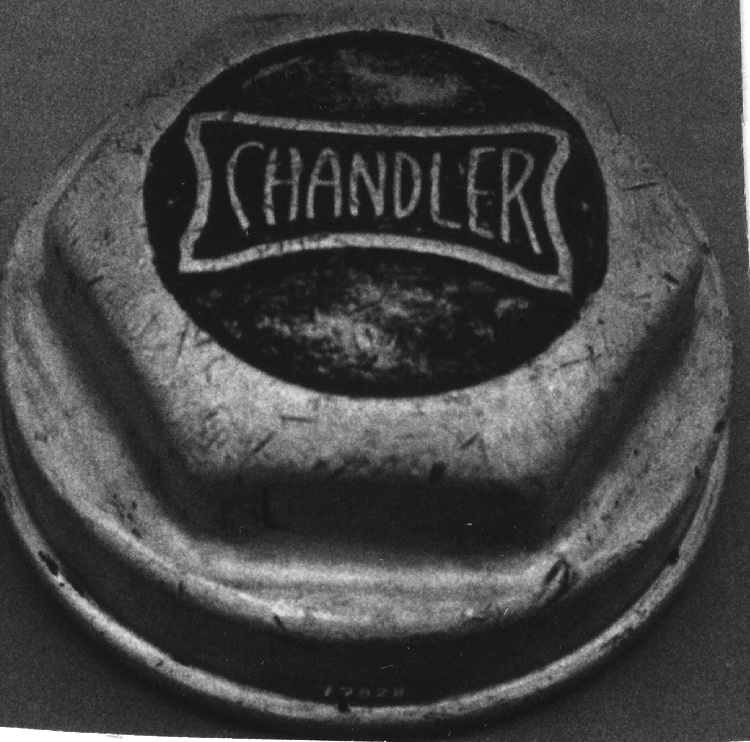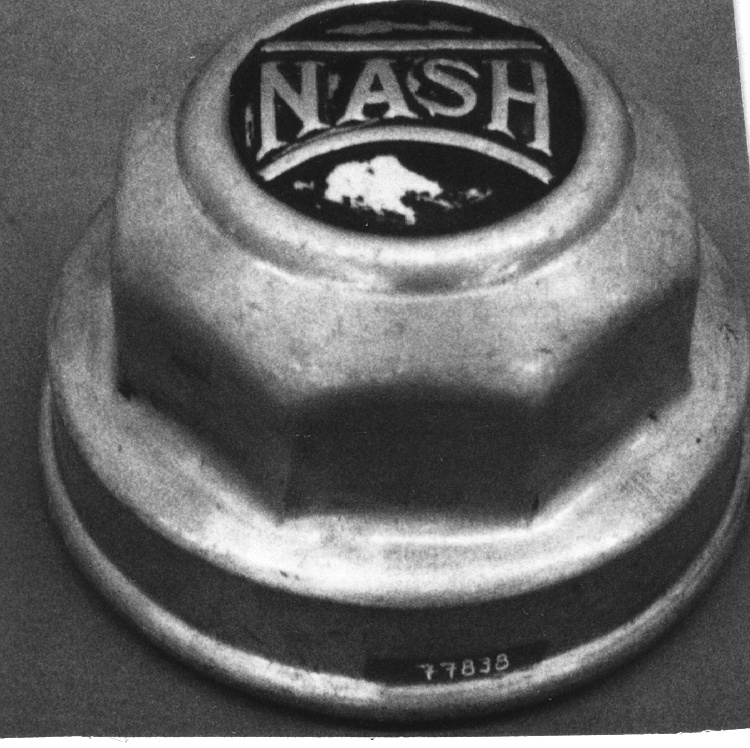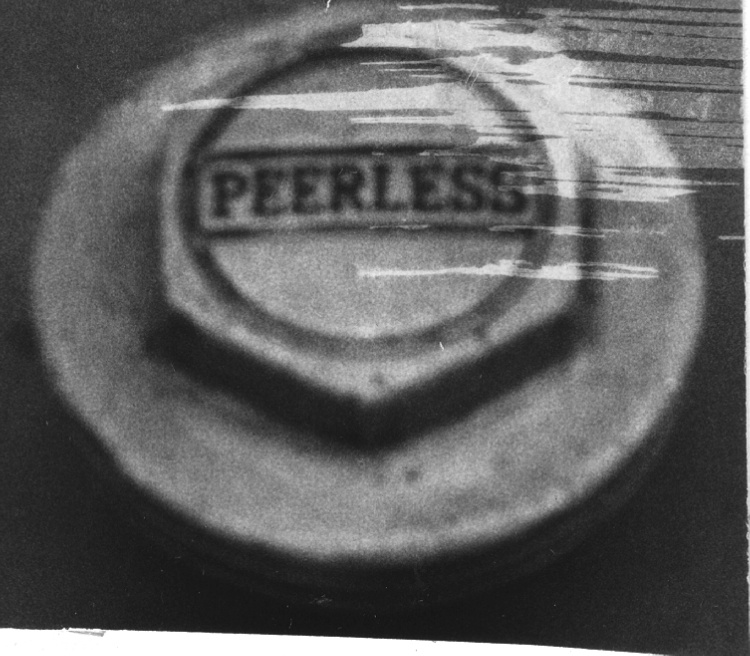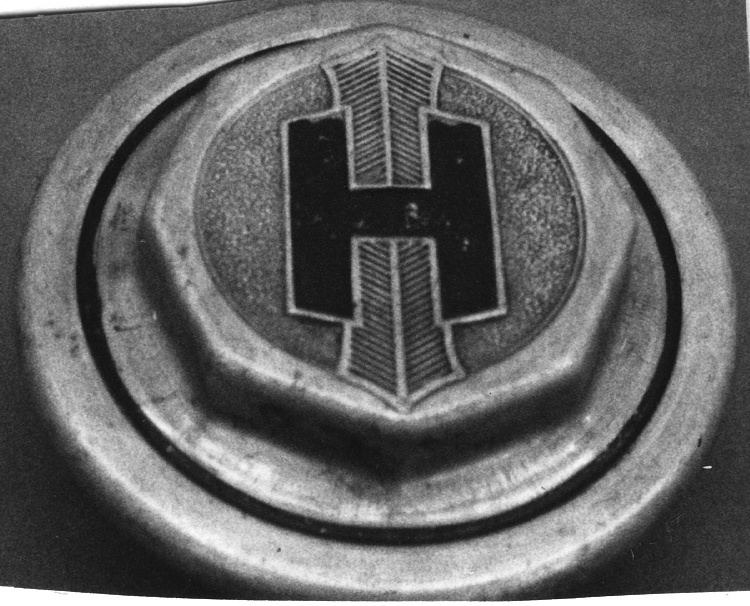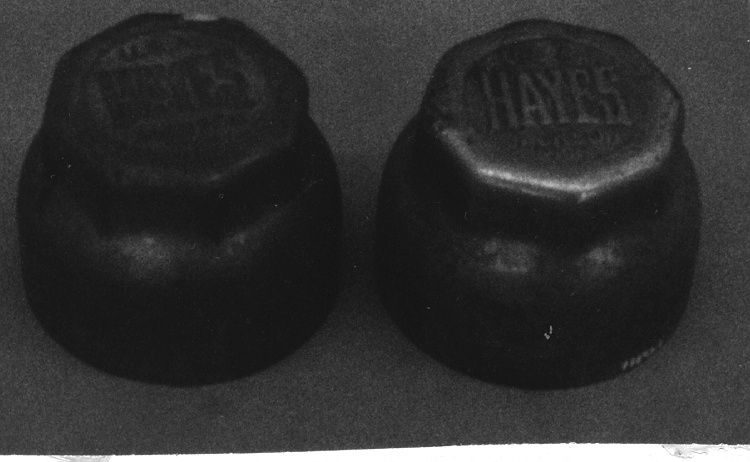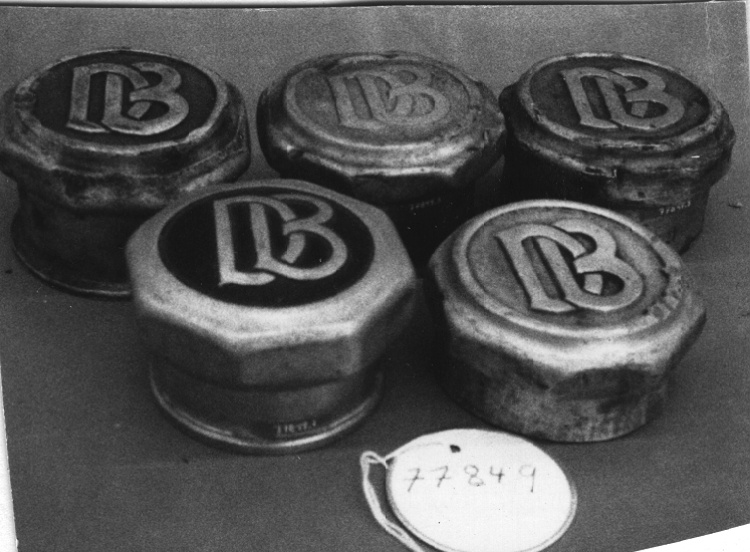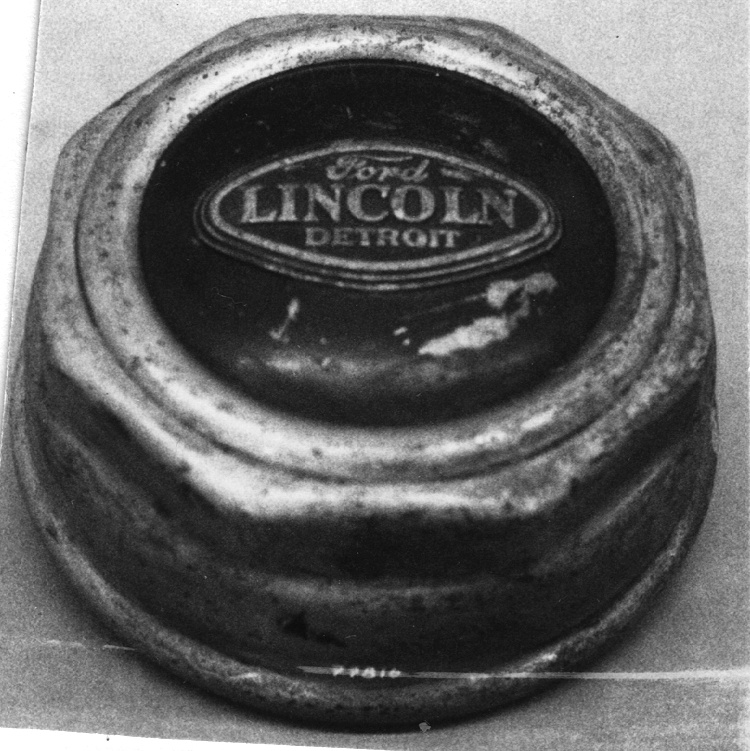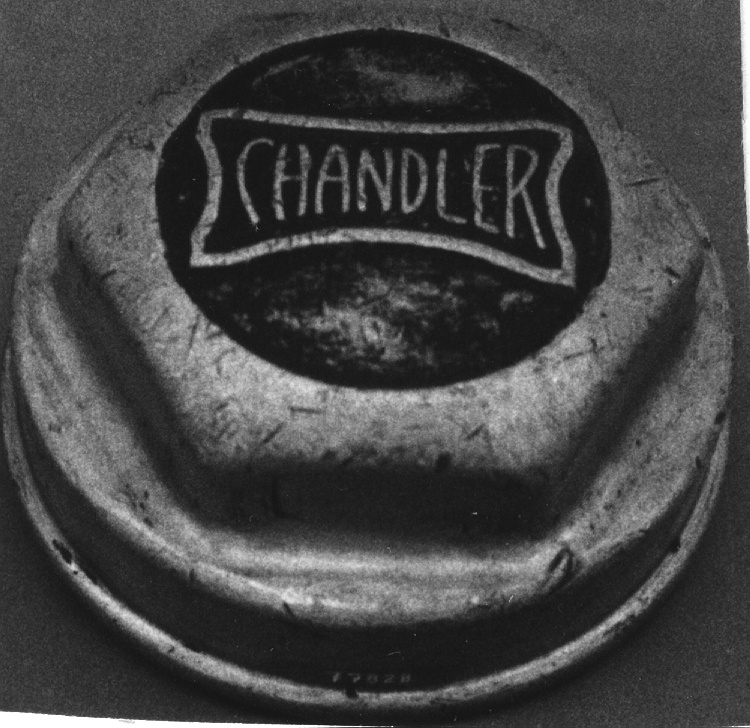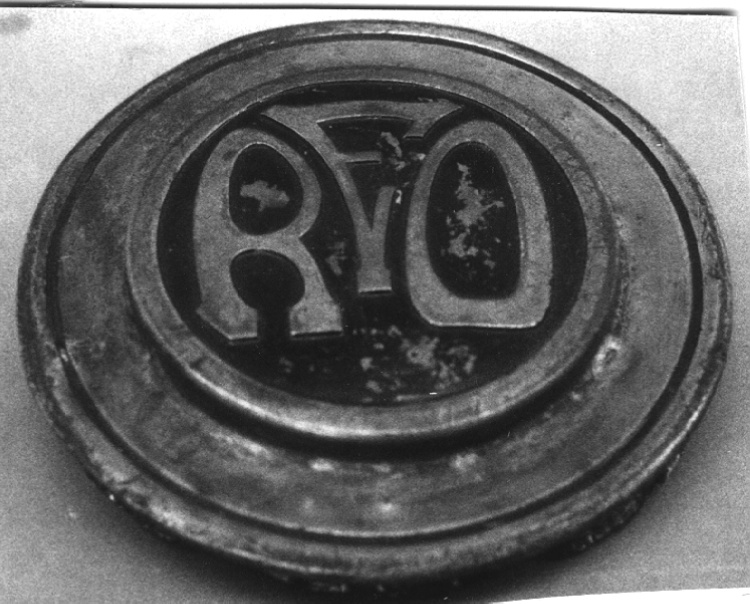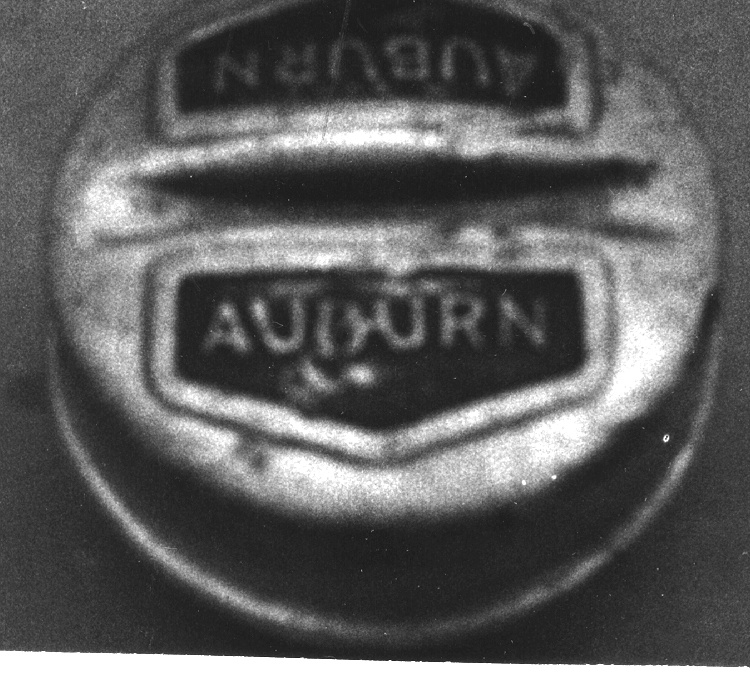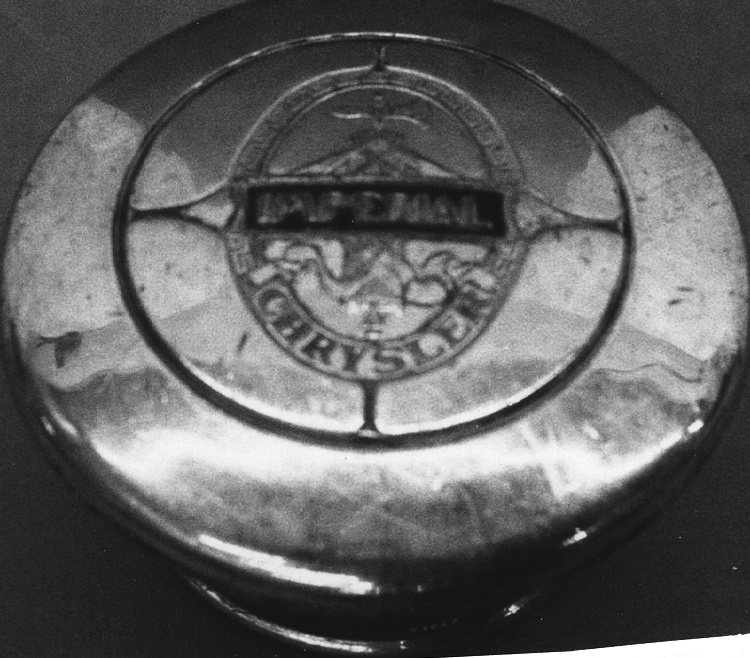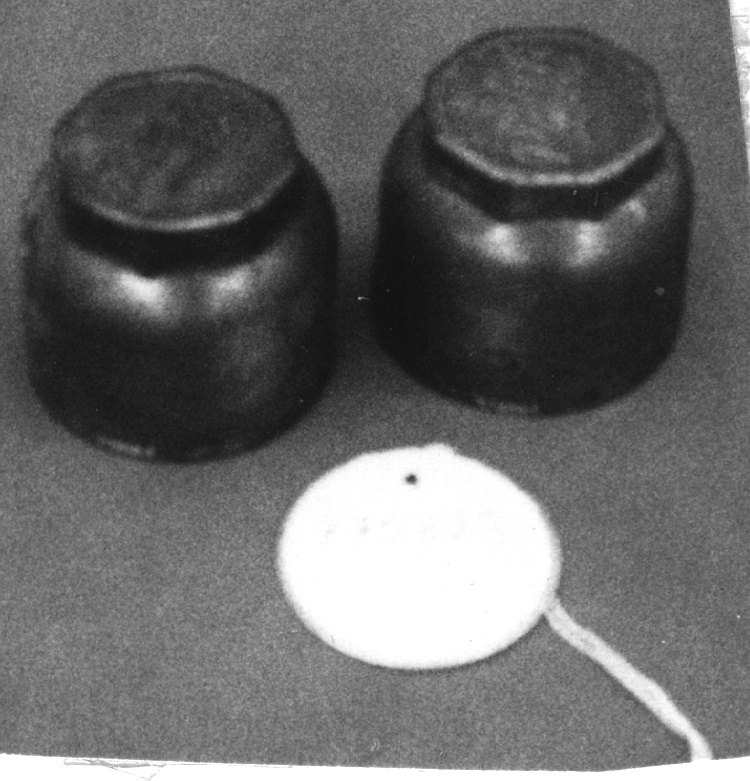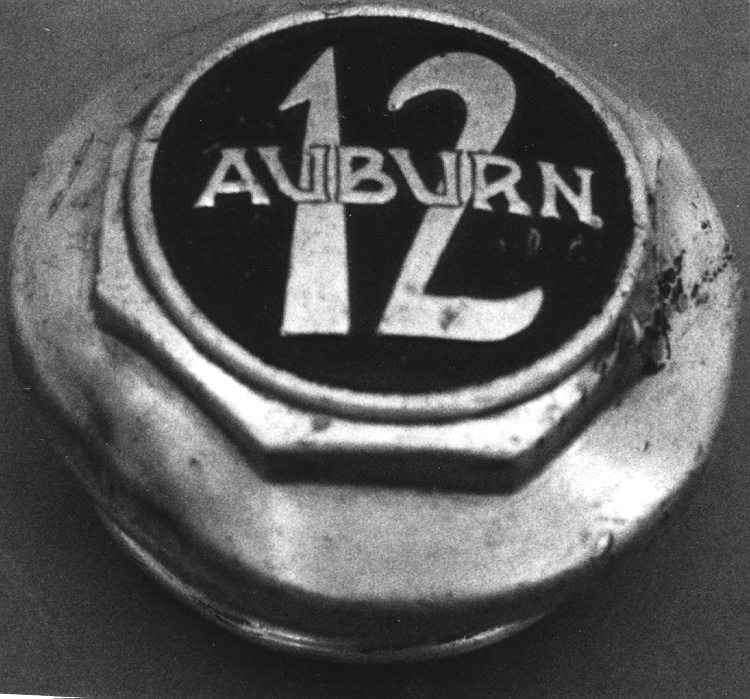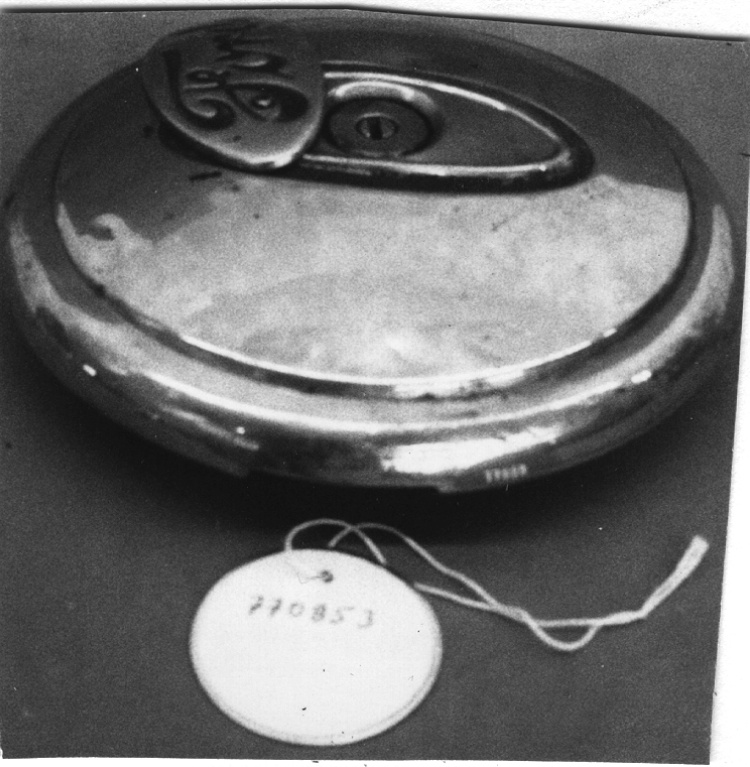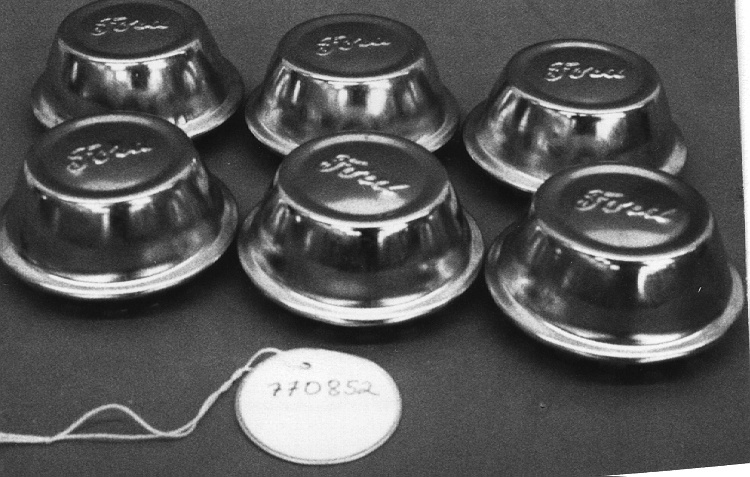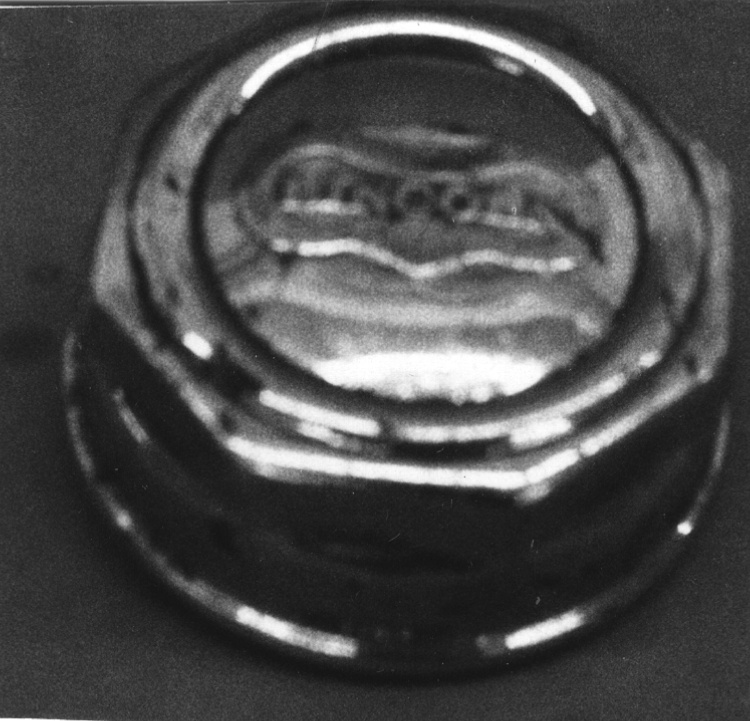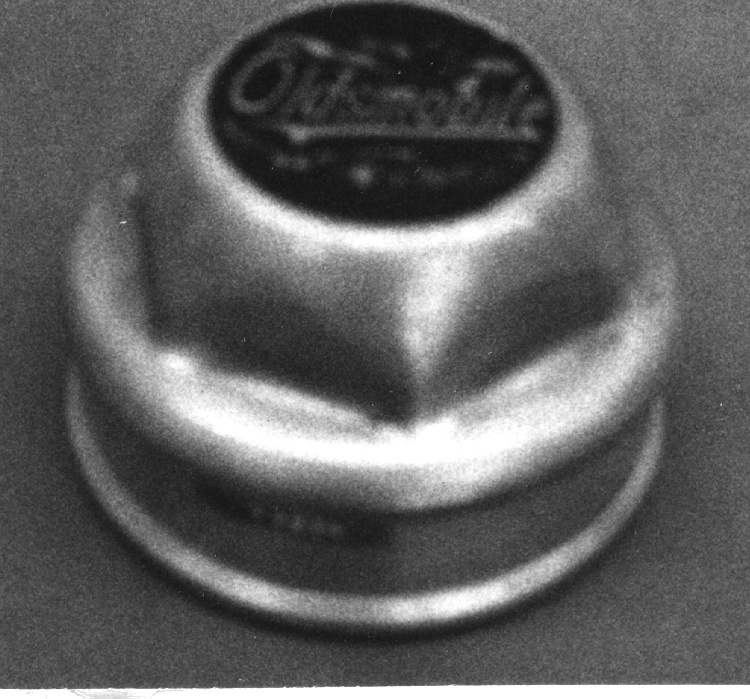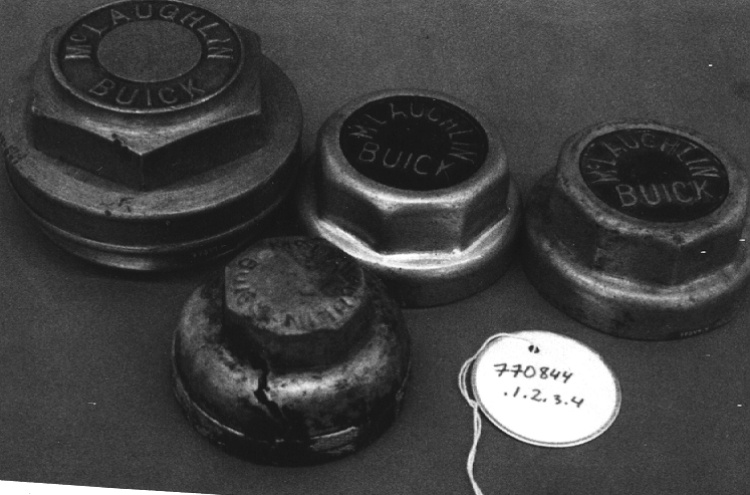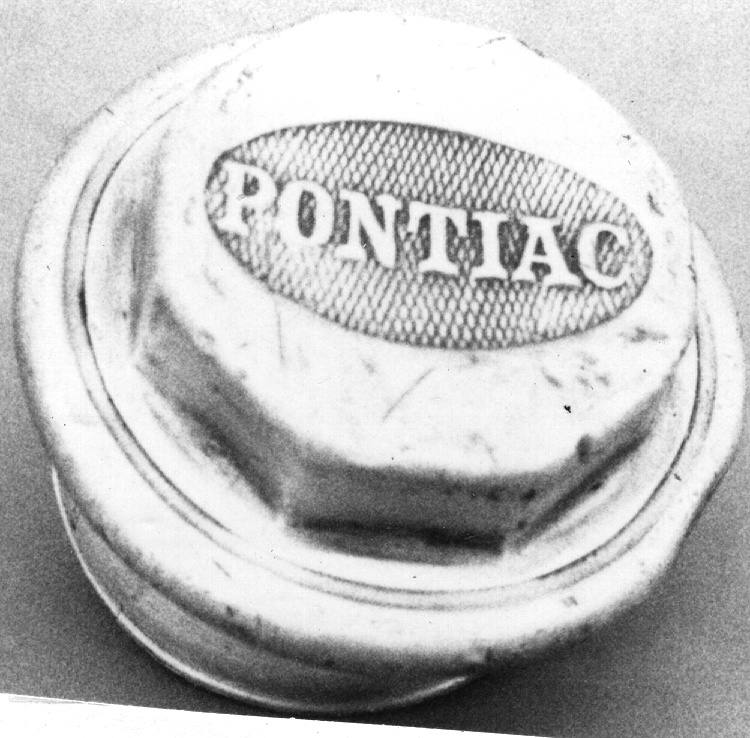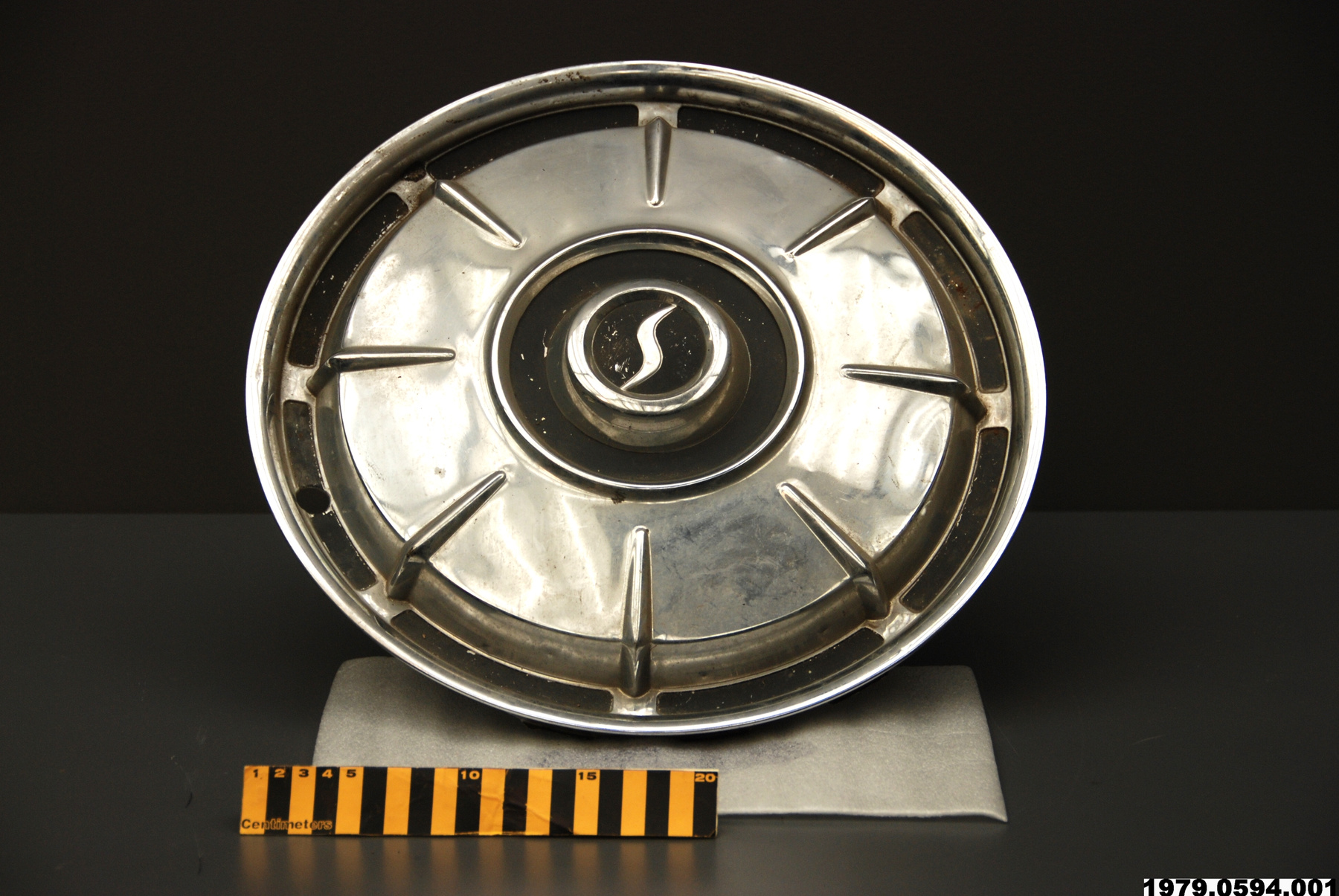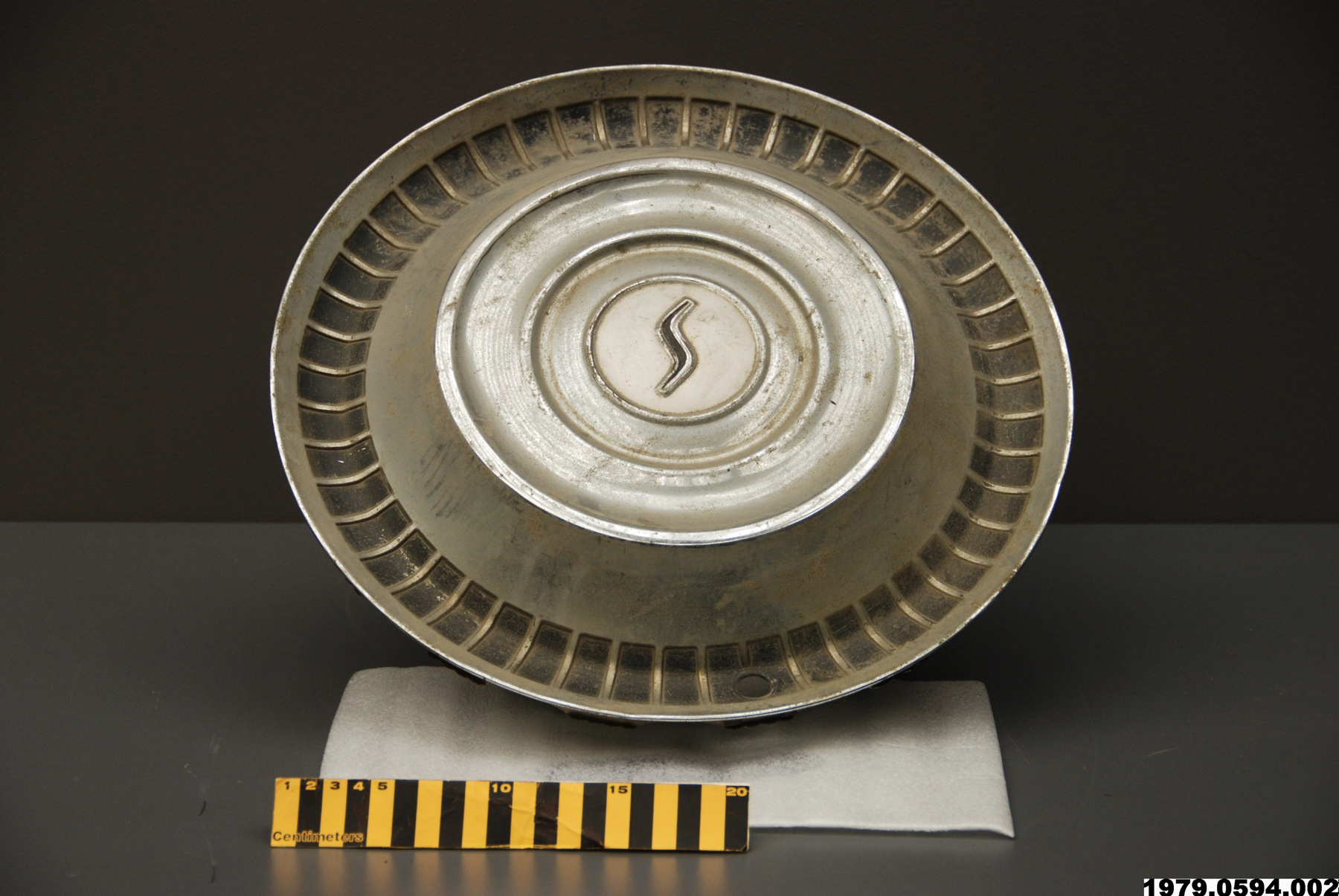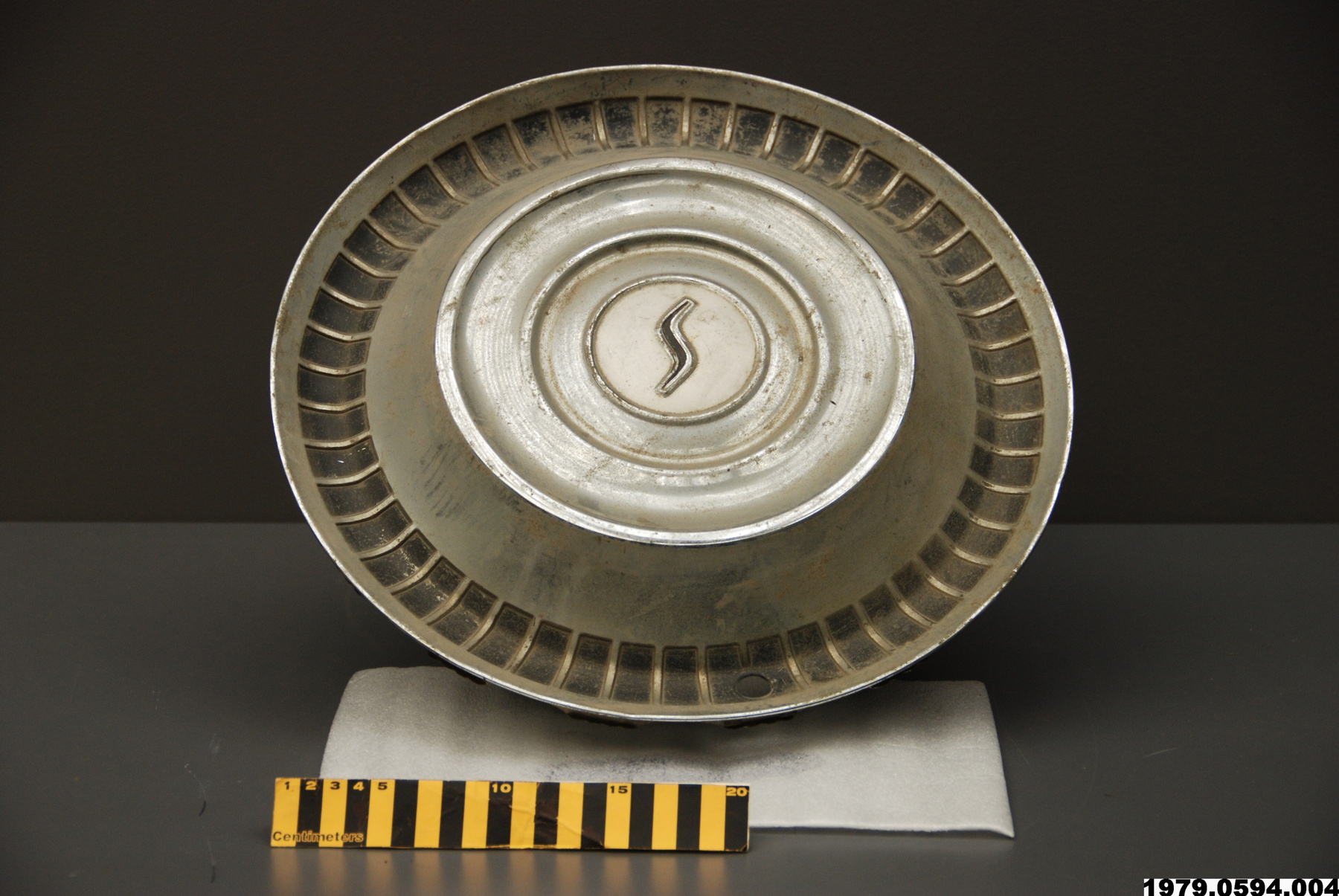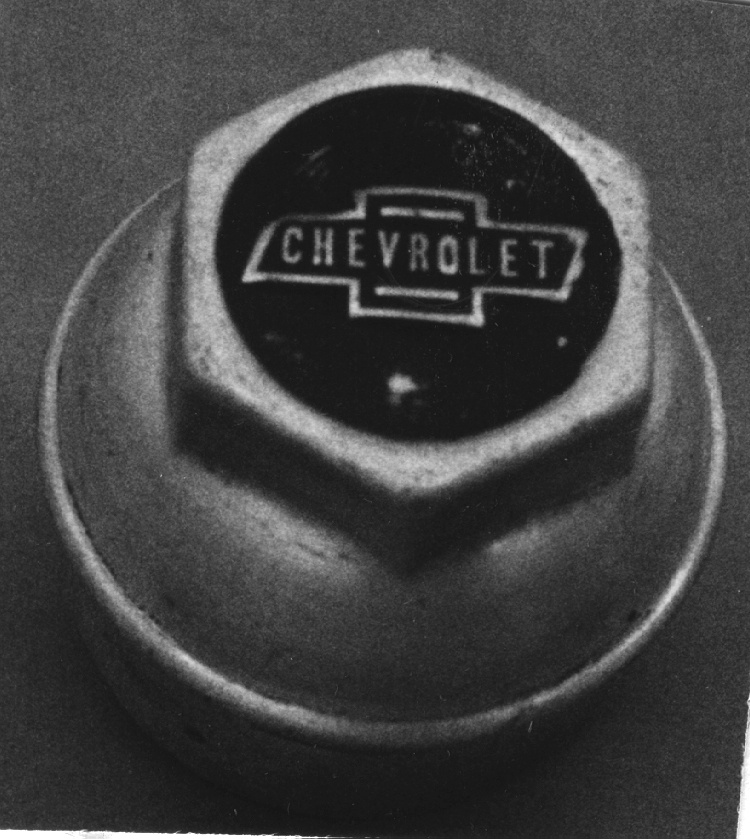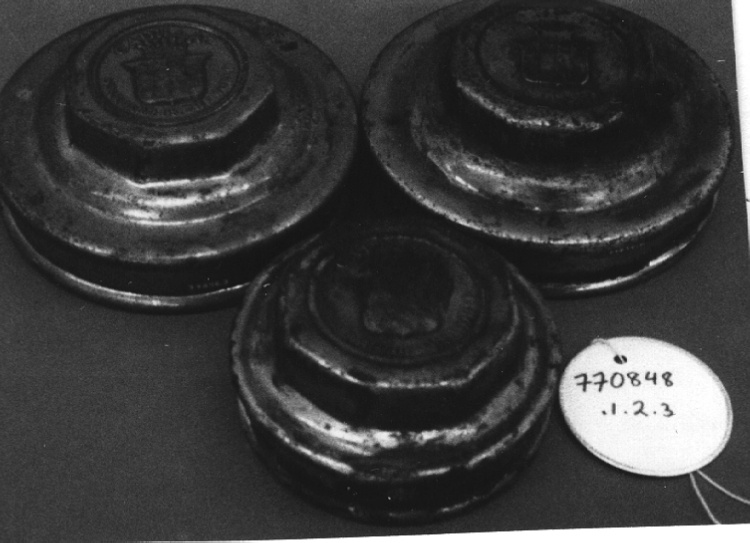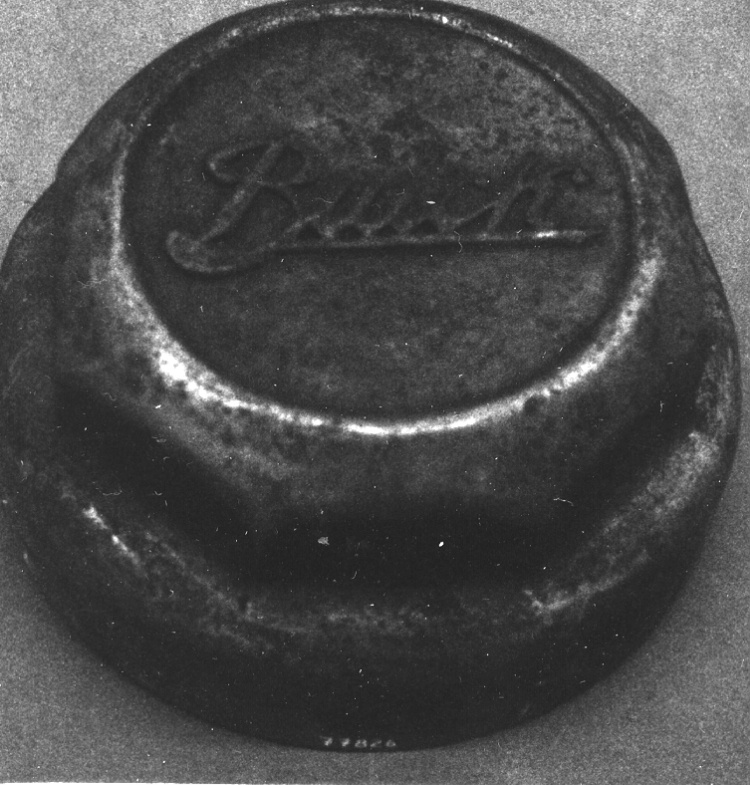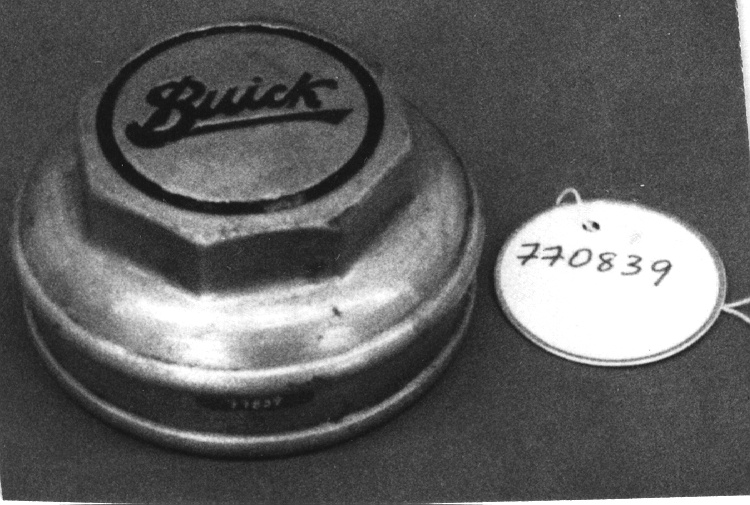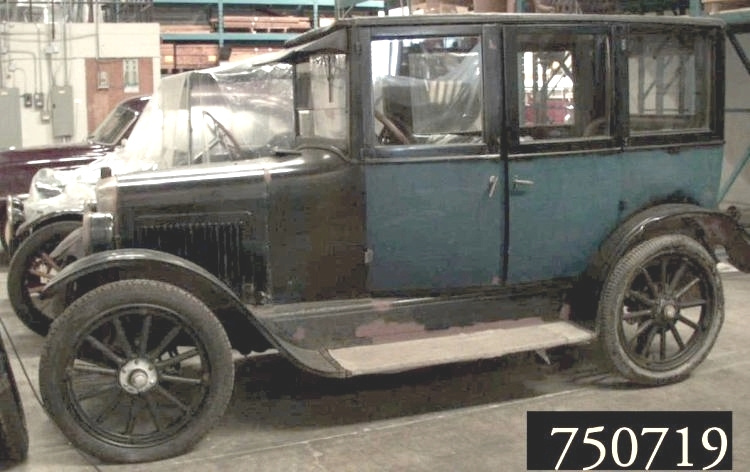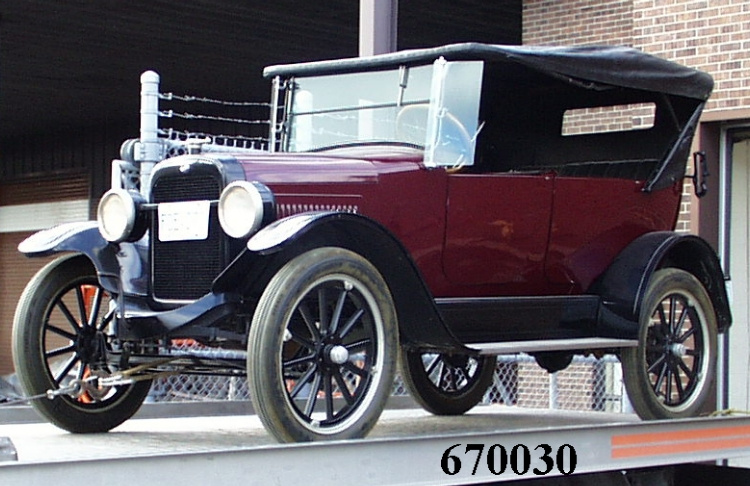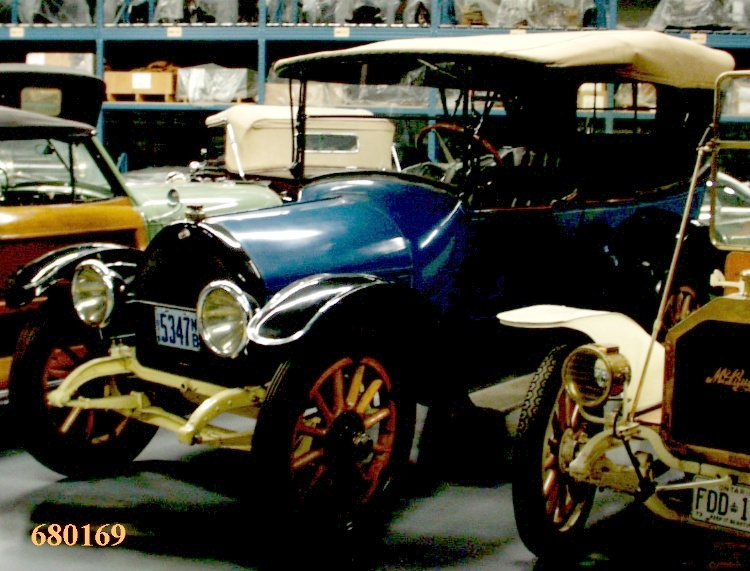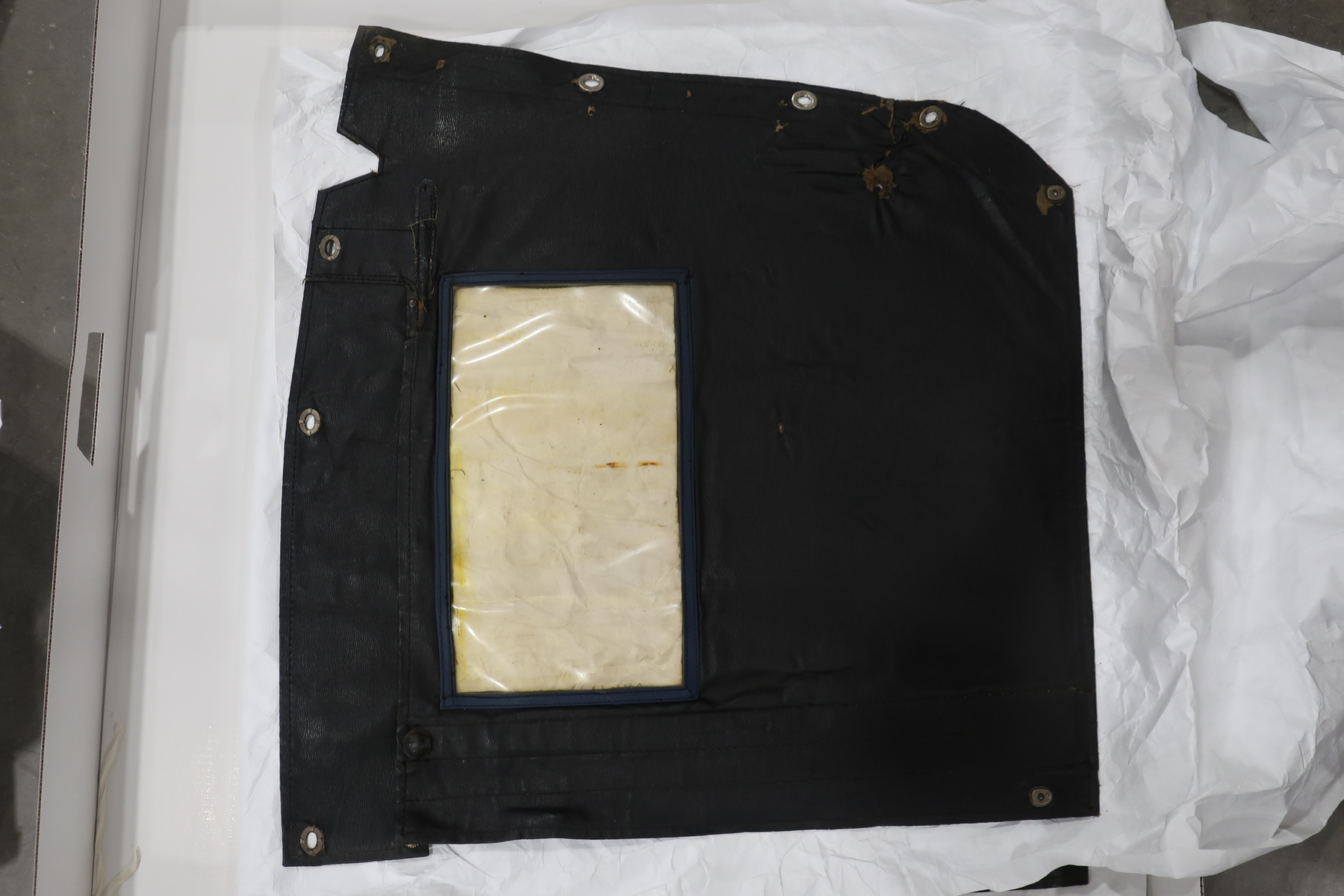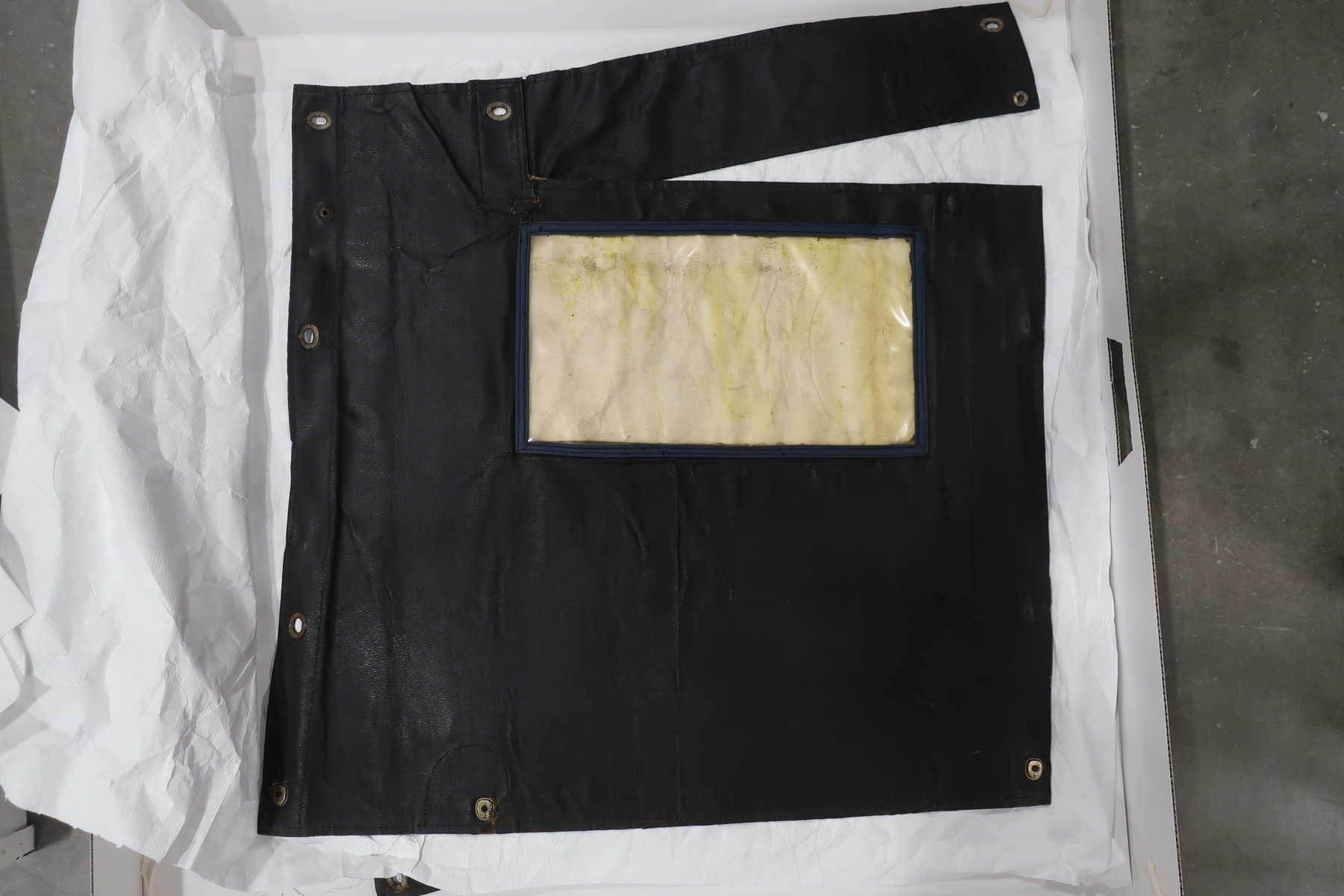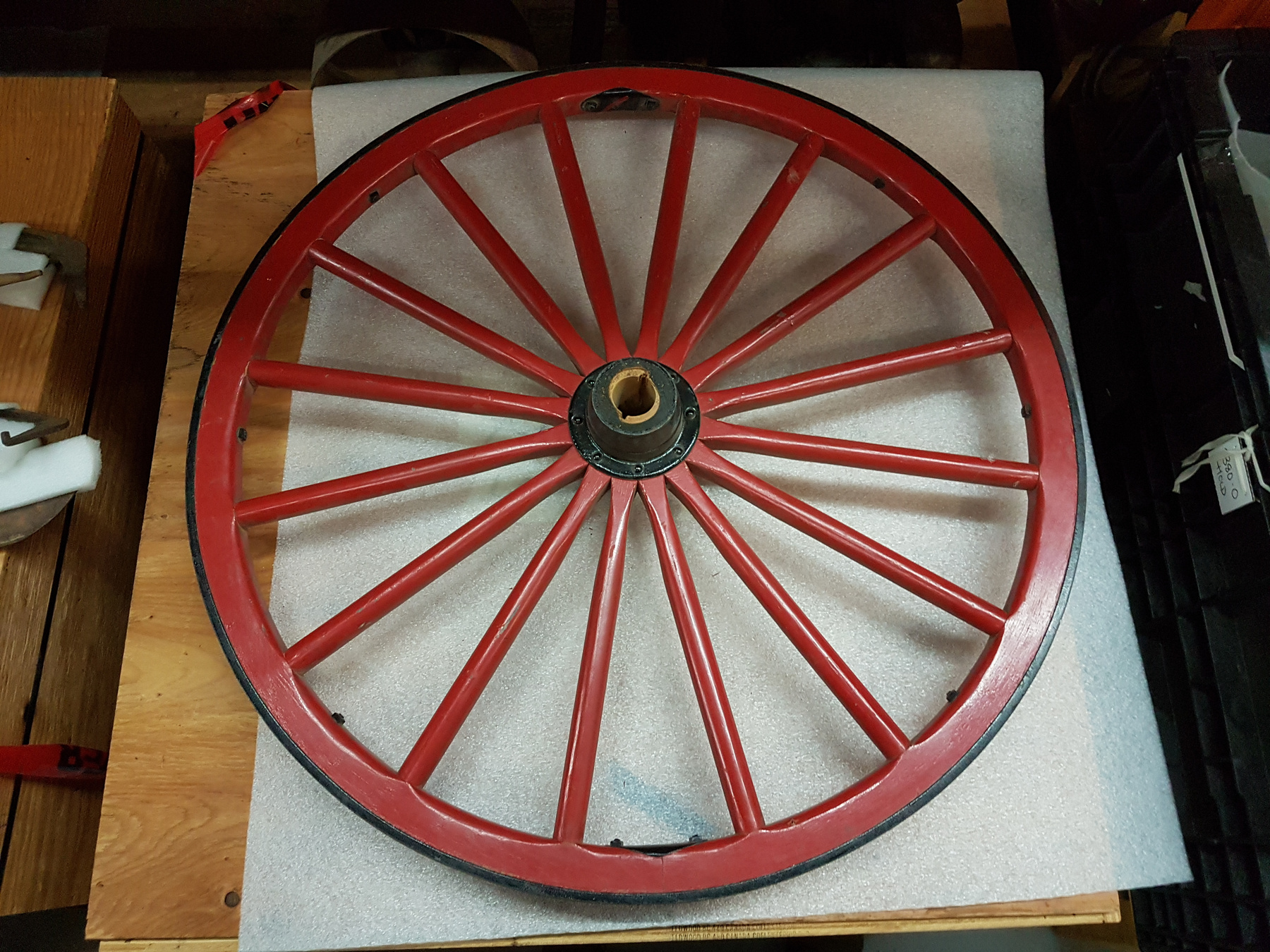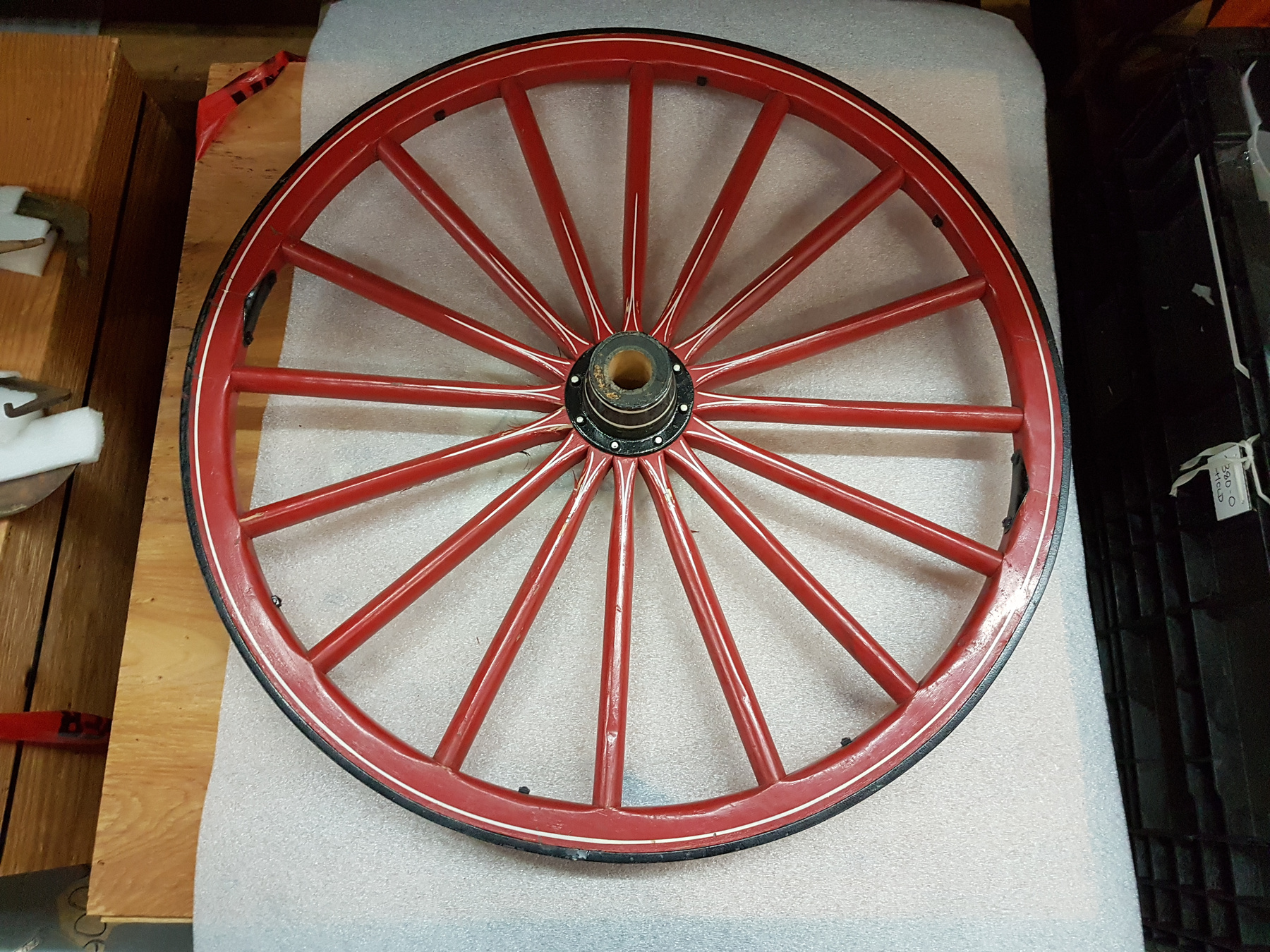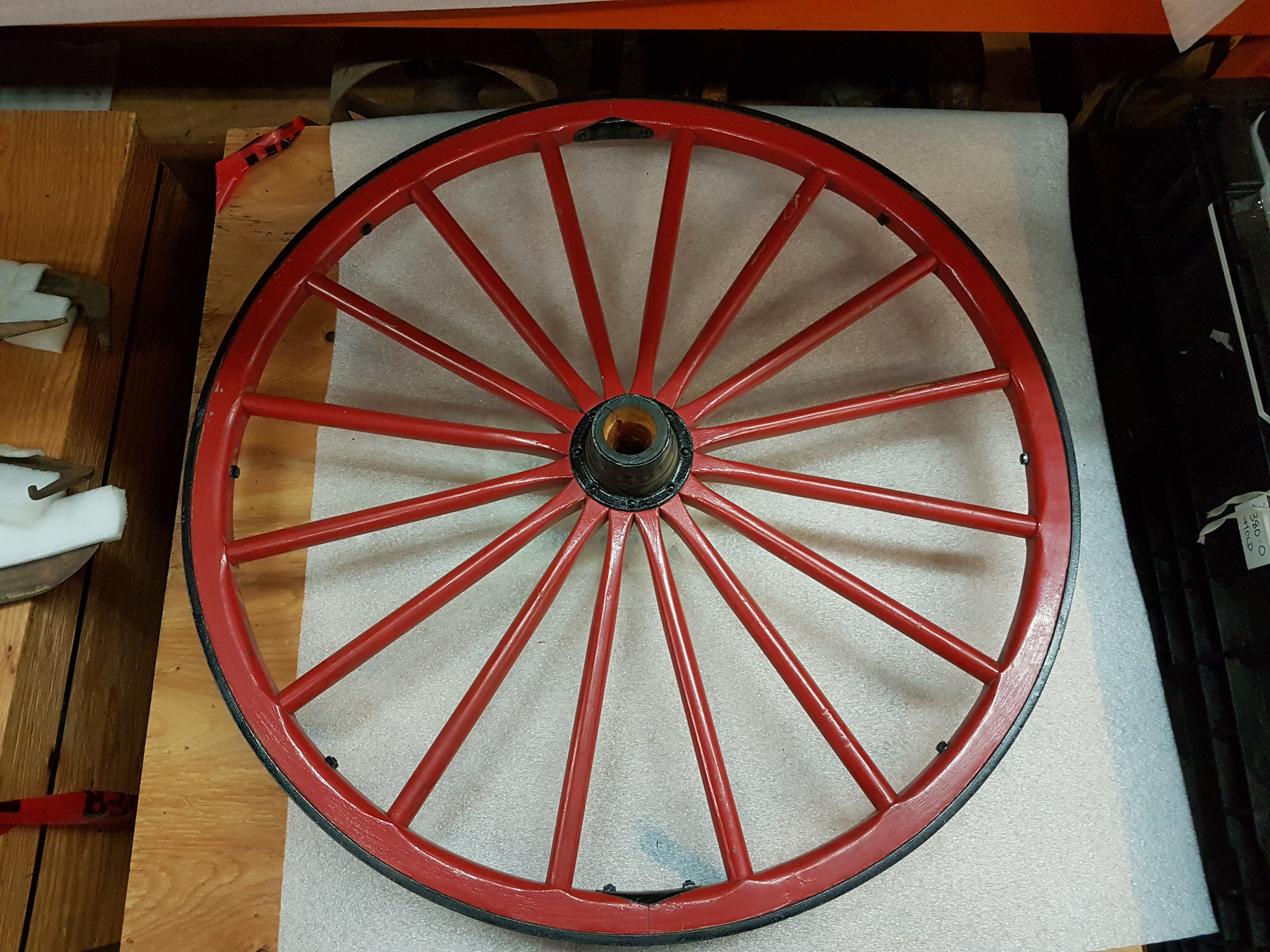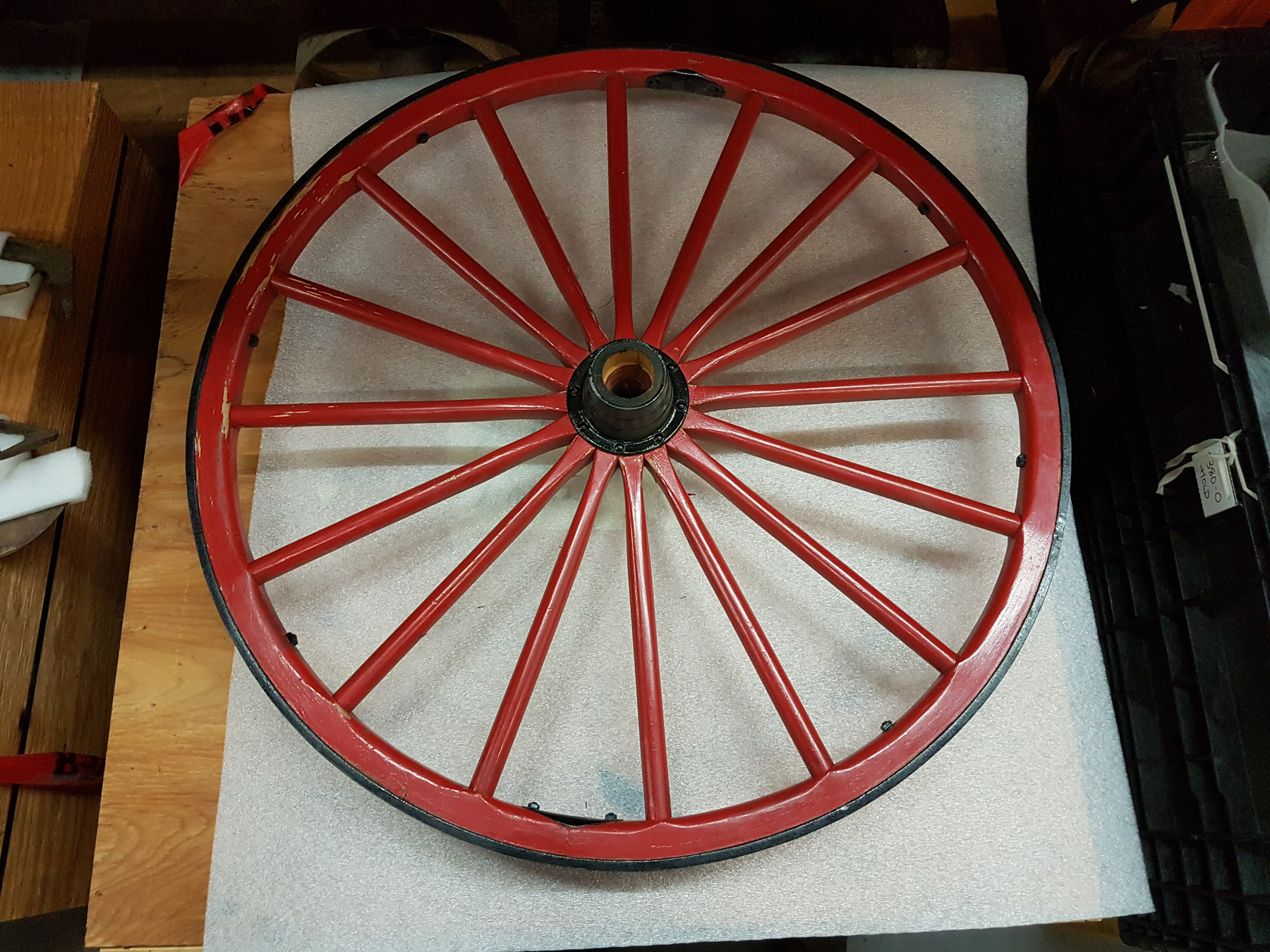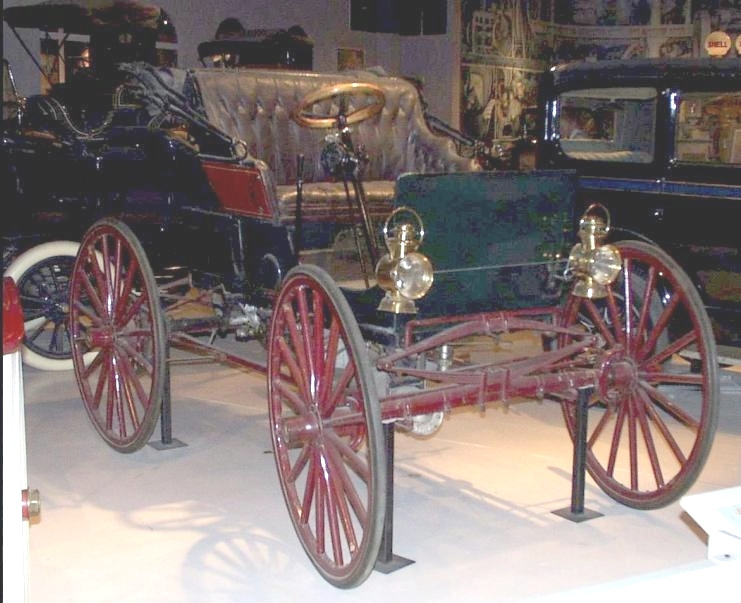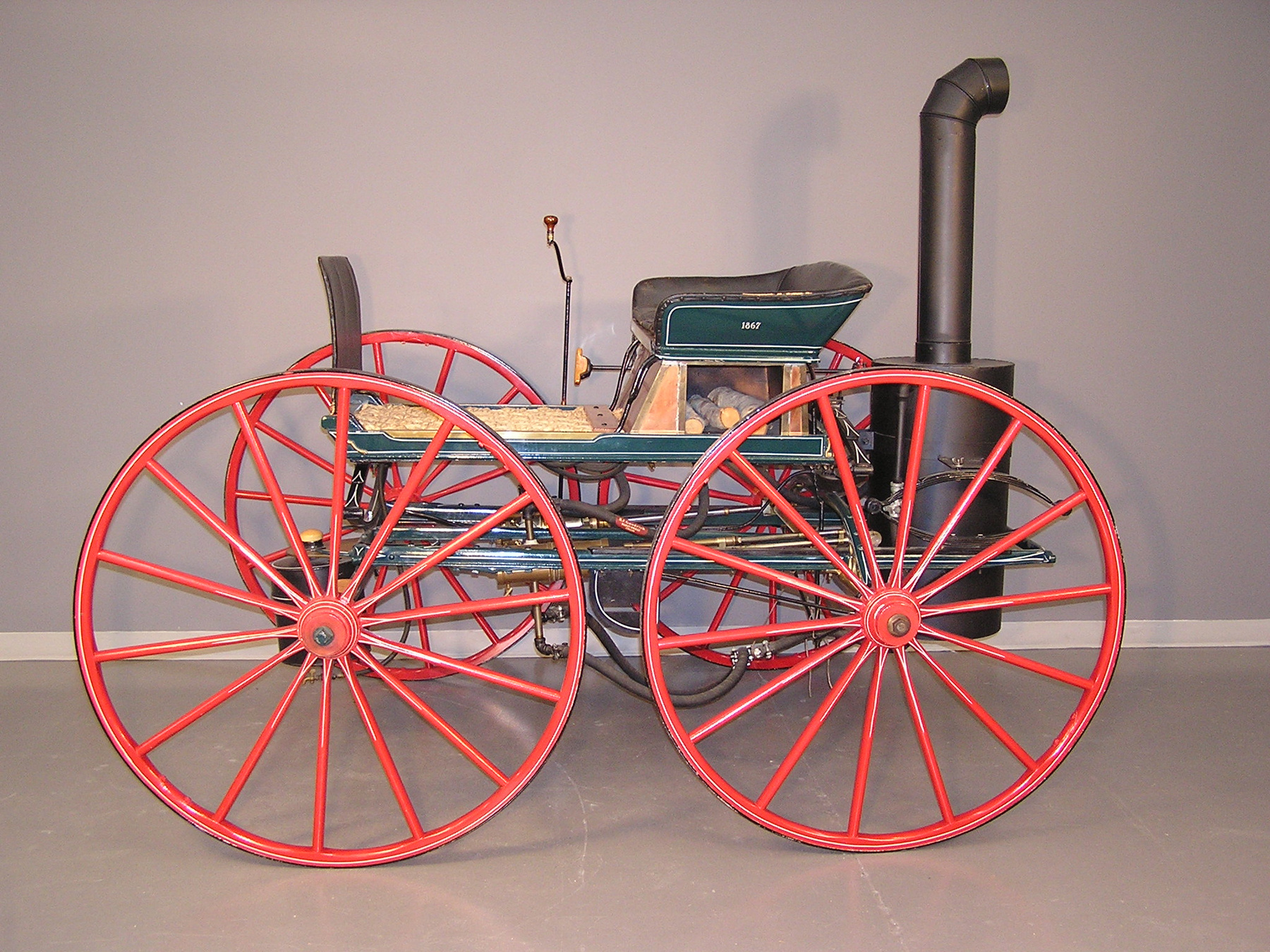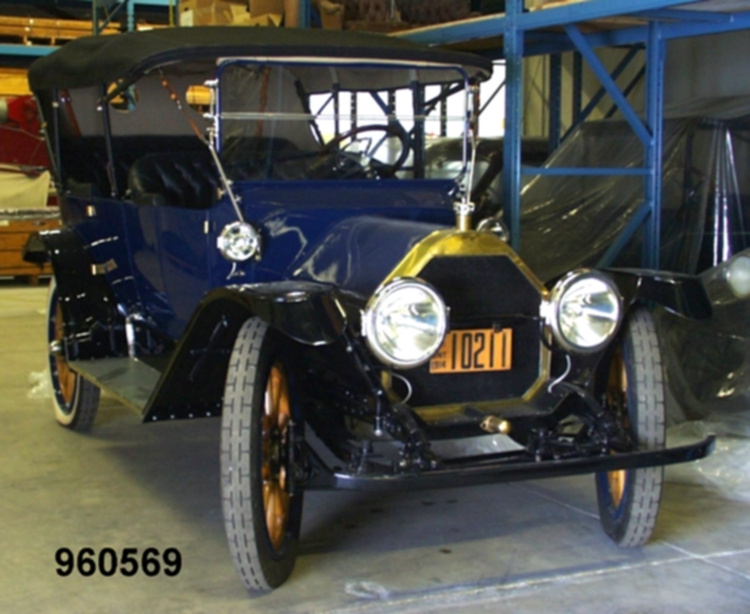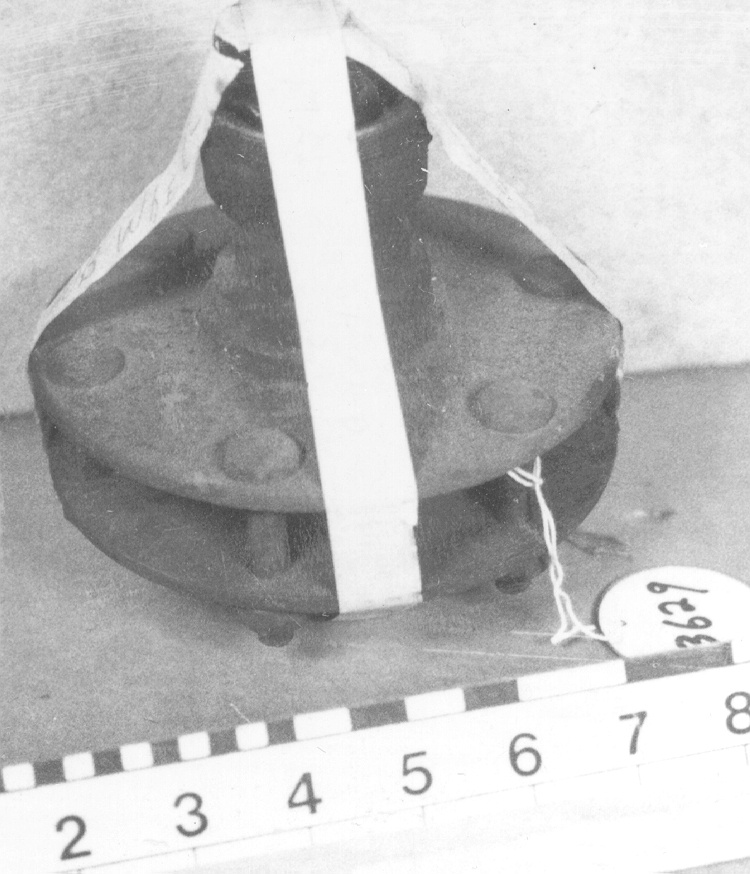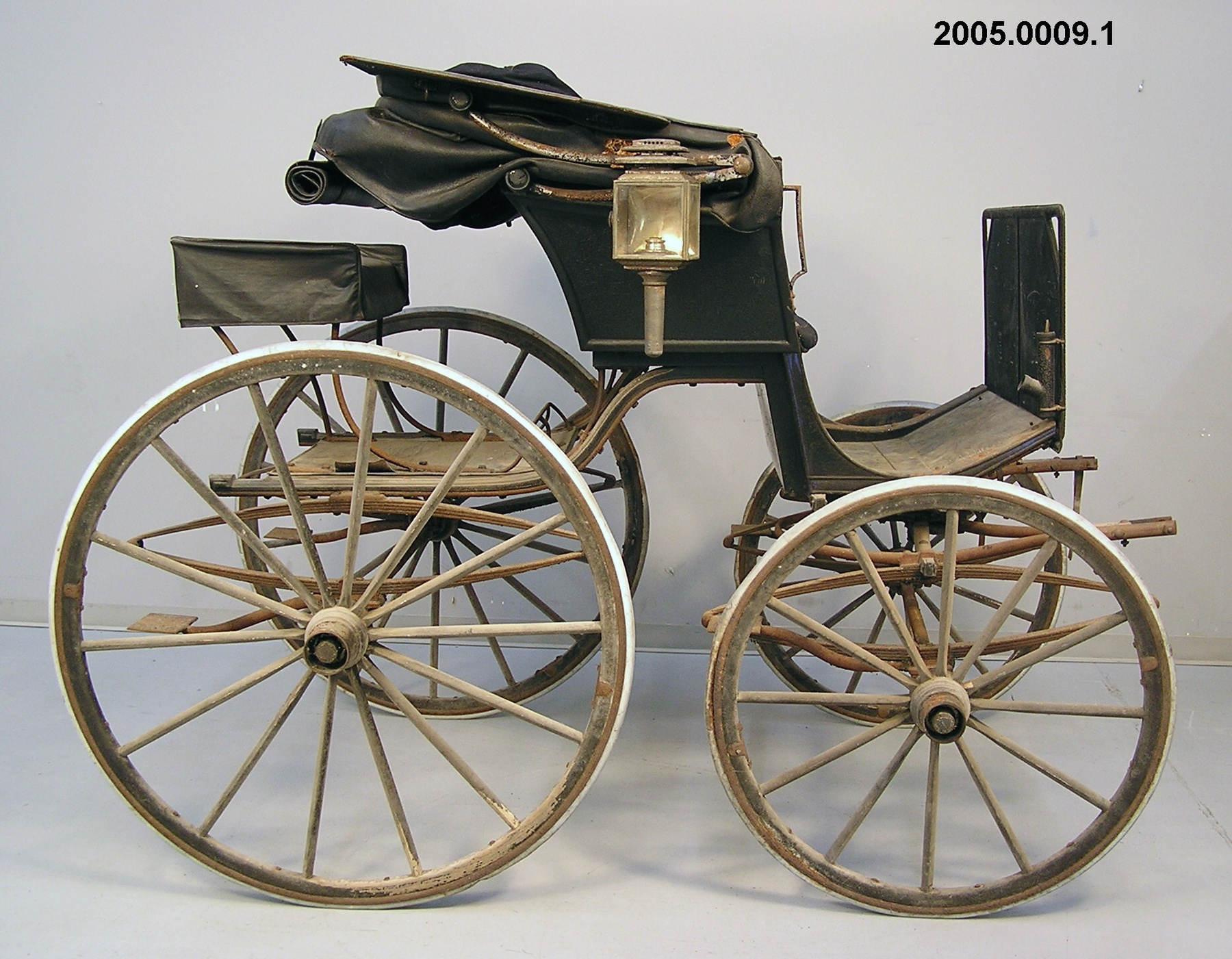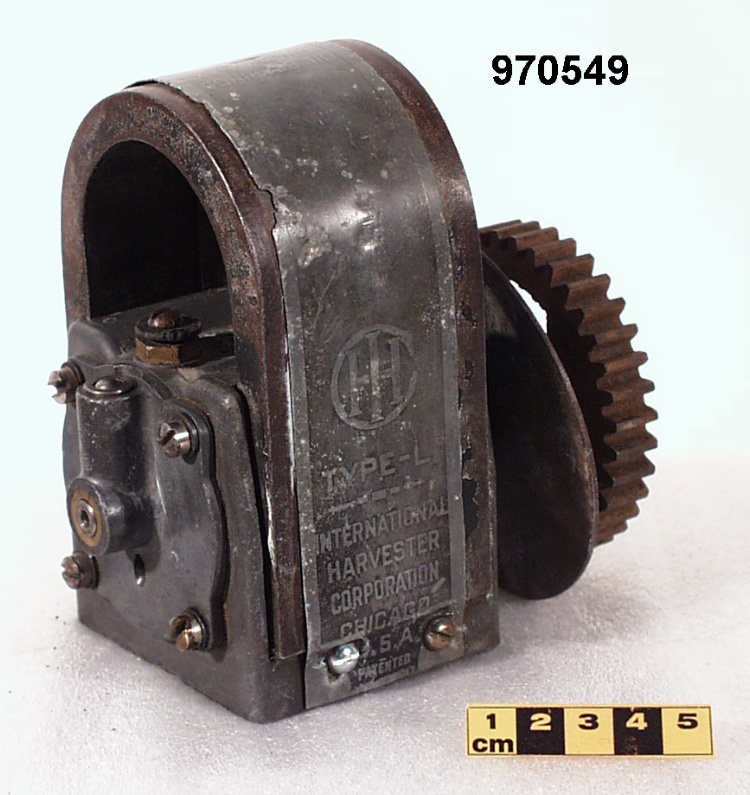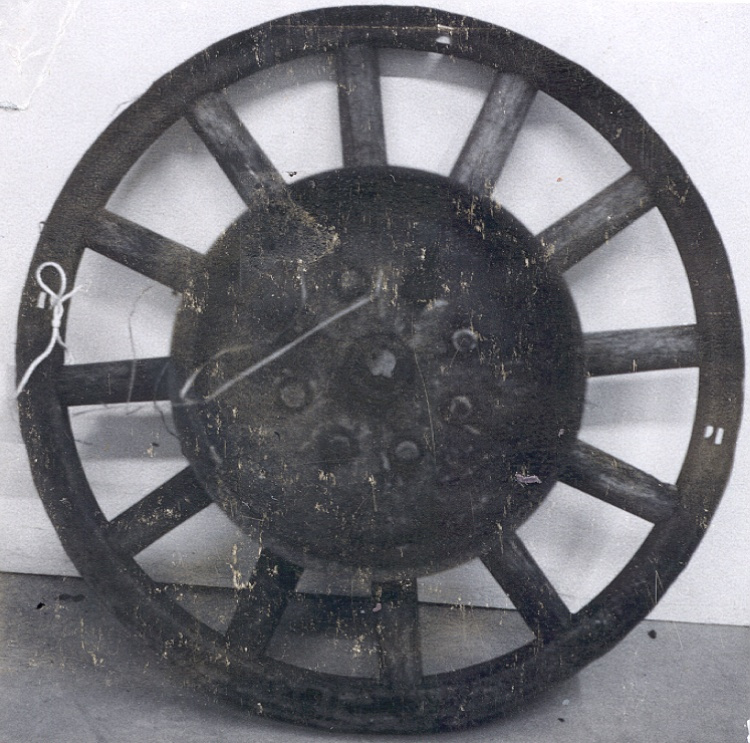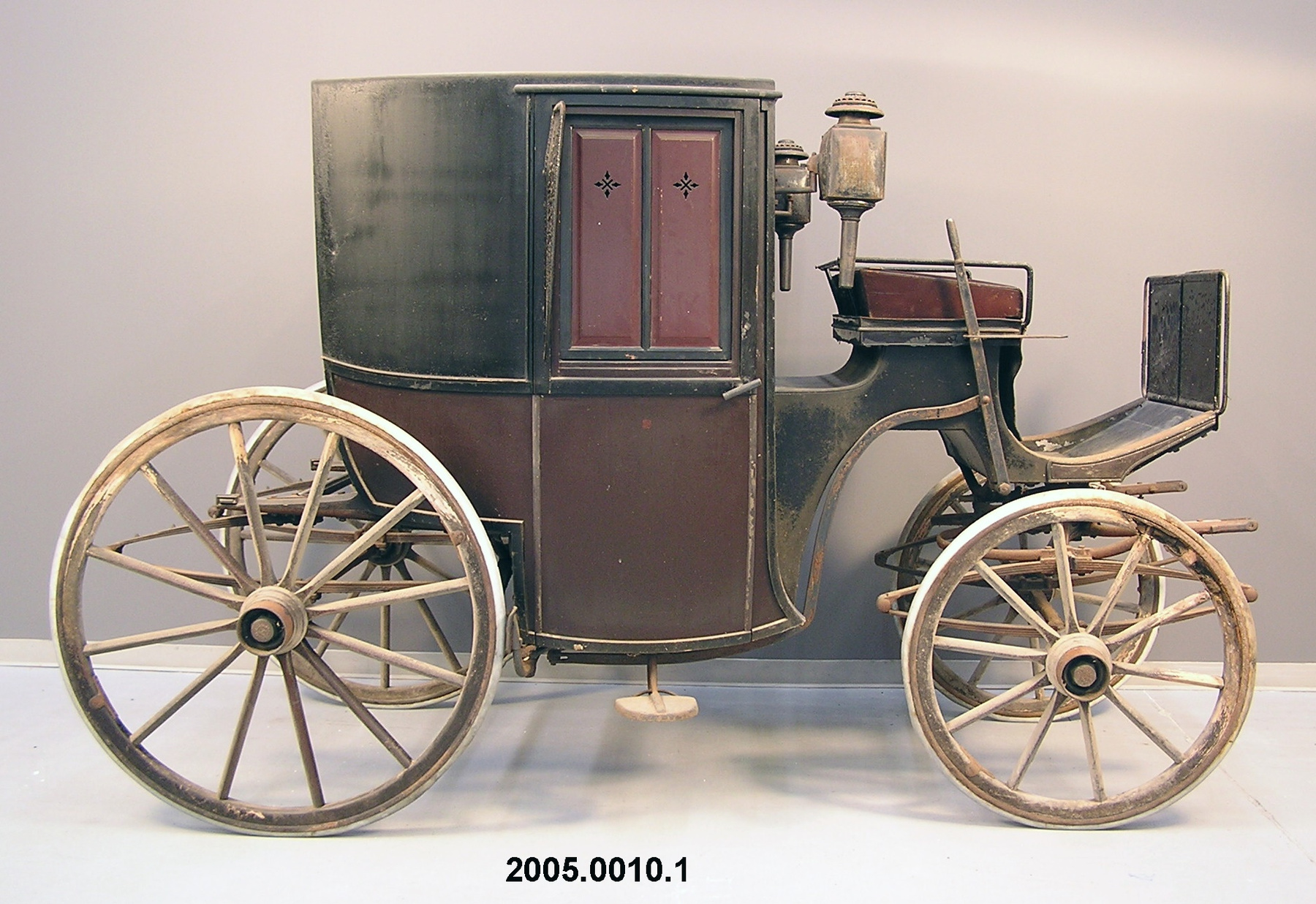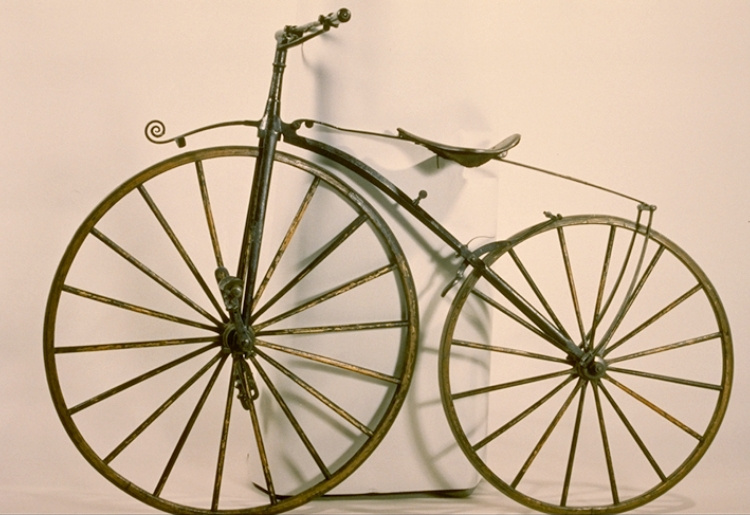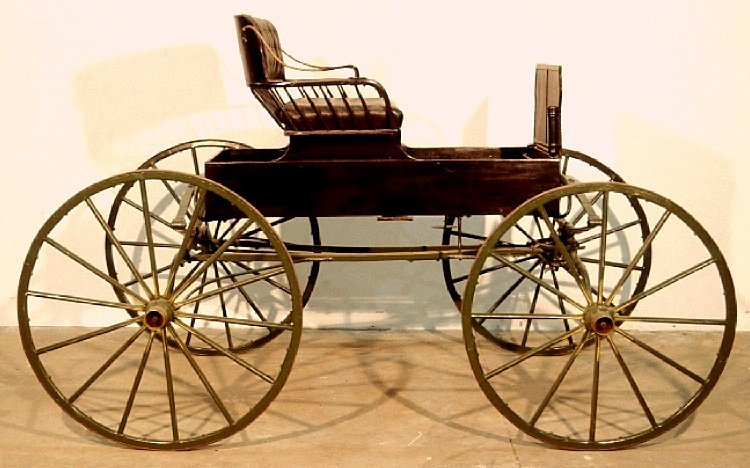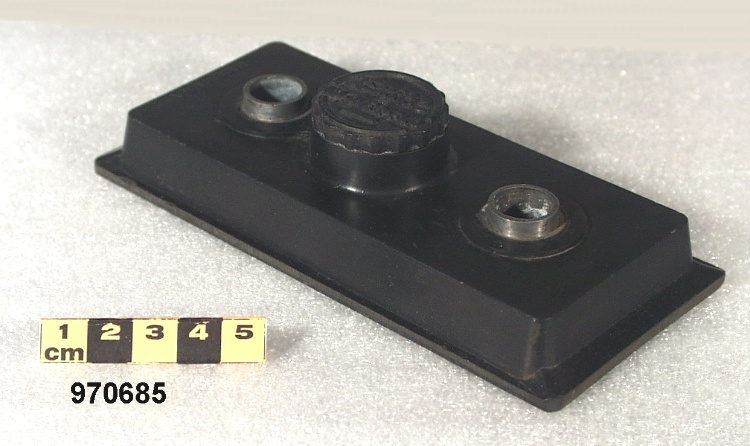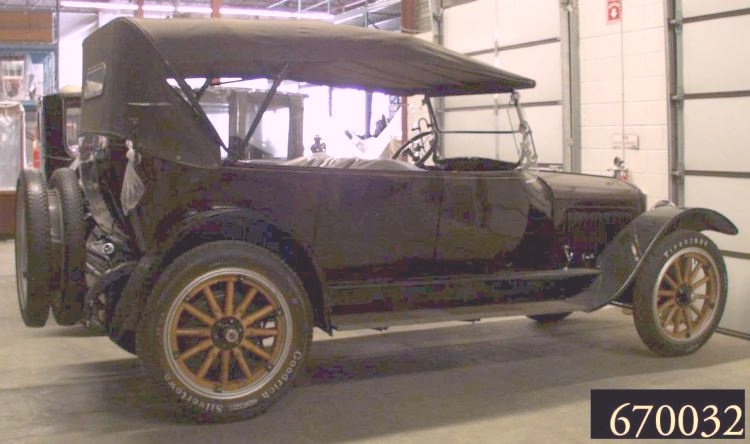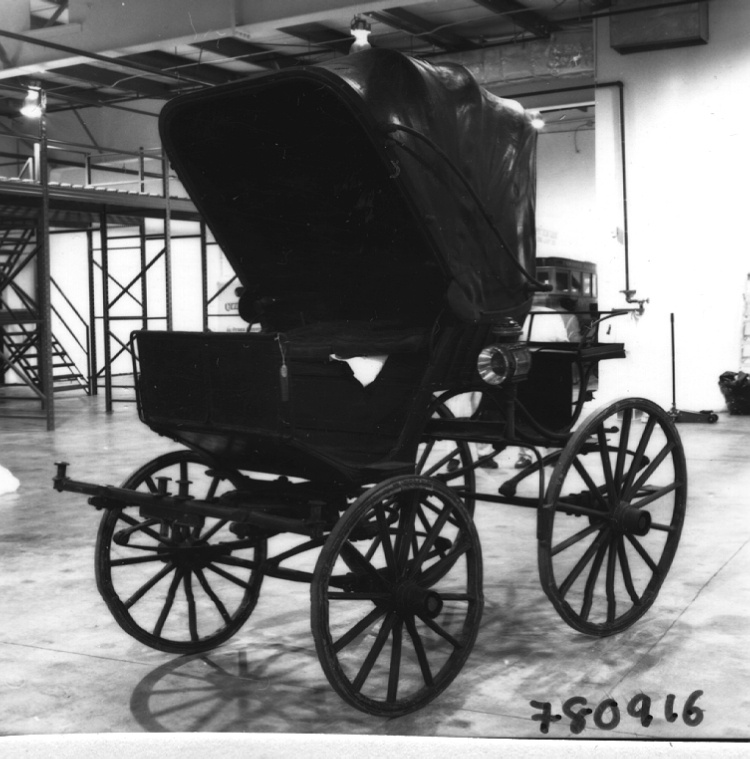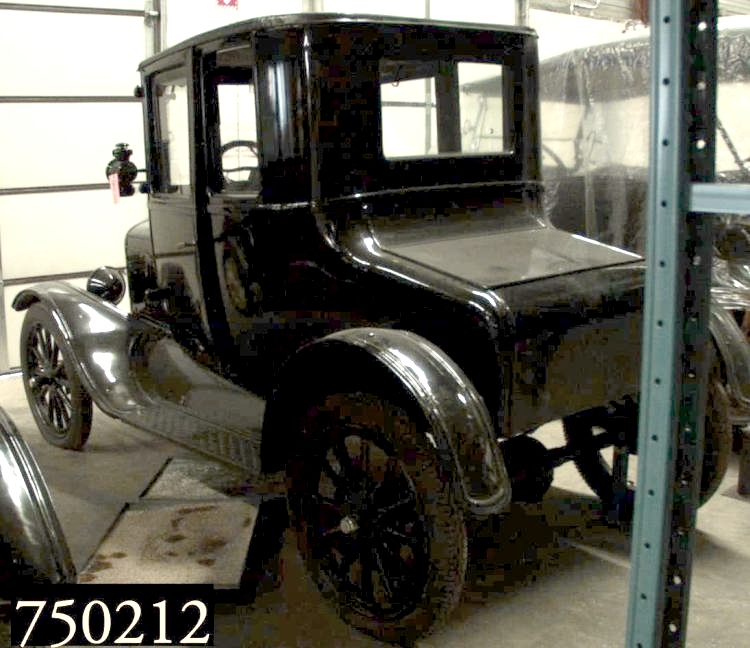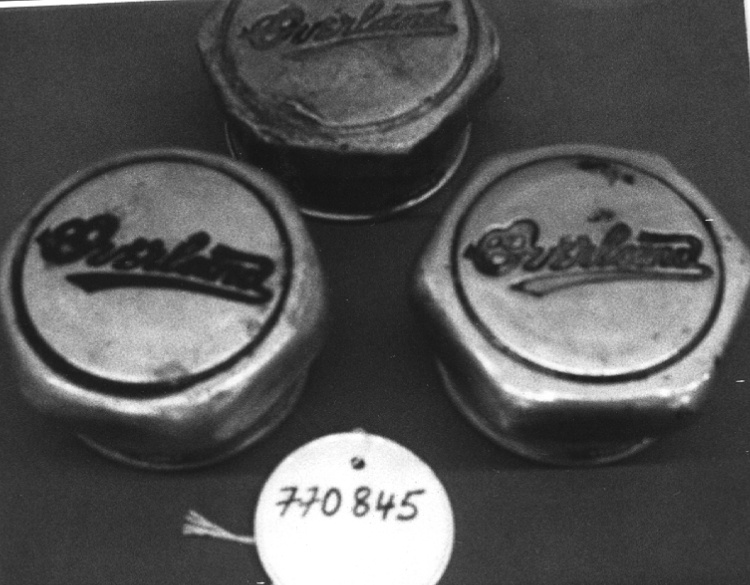Cap, hub
Use this image
Can I reuse this image without permission? Yes
Object images on the Ingenium Collection’s portal have the following Creative Commons license:
Copyright Ingenium / CC BY-NC-ND (Attribution-NonCommercial 4.0 International (CC BY-NC 4.0)
ATTRIBUTE THIS IMAGE
Ingenium,
1977.0845.001
Permalink:
Ingenium is releasing this image under the Creative Commons licensing framework, and encourages downloading and reuse for non-commercial purposes. Please acknowledge Ingenium and cite the artifact number.
DOWNLOAD IMAGEPURCHASE THIS IMAGE
This image is free for non-commercial use.
For commercial use, please consult our Reproduction Fees and contact us to purchase the image.
- OBJECT TYPE
- AXLE COVER
- DATE
- 1903–1929
- ARTIFACT NUMBER
- 1977.0845.001
- MANUFACTURER
- WILLYS
- MODEL
- OVERLAND
- LOCATION
- United States of America
More Information
General Information
- Serial #
- N/A
- Part Number
- 1
- Total Parts
- 4
- AKA
- N/A
- Patents
- N/A
- General Description
- Metal
Dimensions
Note: These reflect the general size for storage and are not necessarily representative of the object's true dimensions.
- Length
- N/A
- Width
- 8.2 cm
- Height
- 4.0 cm
- Thickness
- N/A
- Weight
- N/A
- Diameter
- N/A
- Volume
- N/A
Lexicon
- Group
- Motorized Ground Transportation
- Category
- Automotive parts
- Sub-Category
- N/A
Manufacturer
- AKA
- Willys
- Country
- United States of America
- State/Province
- Unknown
- City
- Unknown
Context
- Country
- Unknown
- State/Province
- Unknown
- Period
- Unknown
- Canada
-
Hub caps are collectors’ items. They are part of the car culture. Willys Overland cars sold in Canada and for some times, even bodies were made in Canada. In 1909, after the IR plant fire, Tudhope organized a new company called Carriage Factories Ltd. This new firm reunited four major carriages manufacturer of the time, Tudhope from Orillia, Heney from Montreal, Munro & McIntosh from Alexandria and Canada Carriage from Brockville. They produced bodies for car manufacturers like Overland from about 1919 until 1924. - Function
-
Cover put on automobile wheels to enhance its aesthetic appearance or aerodynamism and to protect the wheel bolts from mud and dust. - Technical
-
Originally, hub caps date back to the horse-drawn era and afterwards to the first automobiles when wheels were made of wooden spokes connected to the center hub. The hub contained the wheel bearing, which was packed with grease. The hub cap was a small device used to cover the center hub to keep the dust out and the grease in. Eventually, car manufacturers replaced the wooden spokes with steel wire spokes in the 1920’s and 1930’s. As a result the hub cap evolved into a wheel cover, which is a large disc that covers most of the wheel. Wheel covers continue to serve a functional purpose but they have also become a decorative design feature of the wheel. - Area Notes
-
Unknown
Details
- Markings
- Name 'OVERLAND' stamped into surface of hubcap
- Missing
- N/A
- Finish
- Metal surface polished, red paint used to fill in name 'Overland'/ condition: paint worn from face of hubcap
- Decoration
- N/A
CITE THIS OBJECT
If you choose to share our information about this collection object, please cite:
WILLYS, Cap, hub, between 1903–1929, Artifact no. 1977.0845, Ingenium – Canada’s Museums of Science and Innovation, http://collections.ingeniumcanada.org/en/item/1977.0845.001/
FEEDBACK
Submit a question or comment about this artifact.
More Like This



